A freestanding bath is a real showstopper. It’s the ultimate statement piece, turning a standard bathroom into a luxurious spa-like oasis. At Baulane, we know why so many homeowners dream of these beautiful tubs. But the question is always: can you put a freestanding bath in any bathroom?. Let’s get to the bottom of it.

Experience the Enchantment of a Freestanding Bath
Imagine a stunning freestanding bath as the centerpiece of your bathroom. These independent tubs not only offer design flexibility but also bring a touch of luxury and elegance to the space. They quickly become the focal point, transforming the entire atmosphere. It’s easy to see why freestanding tubs are a popular choice for bathroom renovations and new builds across the UK.

Space: The Key to Your Freestanding Bath
When it comes to a freestanding bath, space is your number one consideration. While the tub itself has a footprint, you need to think beyond that.

Ideally, you want at least 15-20 cm (6-8 inches) of clear space around all sides of the bath. This isn’t just for aesthetics; it’s practical:
-
Cleaning: You need room to clean around and behind the tub. To learn more about maintenance, see our post on are stone resin baths easy to clean?
-
Access: Enough space for comfortable entry and exit, ensuring safety and a positive bathing experience.
-
Visual Balance: Give the freestanding bathroom space to breathe, allowing its design to shine, and the bathroom won’t feel cramped.
Even a small freestanding bath needs careful placement. In a tiny bathroom, a freestanding option might overwhelm the space, so measure and plan carefully. How will the bath impact the flow and functionality of your bathroom layout?
Structural Support: Is Your Floor Up to the Task?
This is a technical point. While modern freestanding bath models, especially those made from acrylic, are surprisingly light, a bath full of water and a person is heavy. For example, a 1700mm freestanding bath can hold around 200-250 litres of water, which is 200-250 kg of weight, plus the weight of the tub and the bather.

Most modern homes with concrete floors will be fine. However, suppose you plan to install a freestanding tub on an upper floor with a timber joist structure. In that case, it’s highly recommended that you consult with a qualified builder or structural engineer. They can assess your existing floor joists and confirm they can support the combined load, giving you peace of mind. Our article on are stone resin baths heavy? provides more context.
Plumbing for Freestanding Tubs
The plumbing for a freestanding bath is different from that of a built-in tub. Instead of pipework coming out of the wall, freestanding bath plumbing comes up from the floor. This means:
-
Floor-standing taps: These are popular, with the tap unit positioned to emerge from the floor beside the tub. This requires careful planning to route water supply lines and waste outlets beneath the floor.
-
Wall-mounted taps: Less standard for a completely freestanding unit, but an option if the tub is placed close to a wall, requiring pre-installation plumbing. You can read more about this in our post on a back to wall freestanding bath.
If you’re converting a bathroom that had a built-in tub, moving or installing new floor-based plumbing can involve lifting floorboards and re-piping. While feasible for a skilled professional, this factor will impact the complexity and cost of your installation. Always engage a qualified plumber to ensure all connections are secure, compliant and leak-free.
Drainage: A Smooth Flow
Drainage is crucial for any bath. For a freestanding bath, the waste pipework usually runs beneath the floor to the central waste system.

Make sure there’s enough ‘fall’ (slope) in the pipework for water to drain away completely and efficiently, without standing water and potential blockages. A professional plumber will be able to assess your existing drainage and make any necessary modifications.
The Verdict: Often Yes, But Plan First
So, can you put a freestanding bath in any bathroom? The answer is often “yes”, but with a big caveat: it requires planning and an assessment of your specific bathroom. While a postage-stamp-sized cloakroom might be a challenge, many medium-sized bathrooms can accommodate a freestanding bath with the proper planning. Don’t let limitations hold you back; get informed and seek advice.
The investment in planning and possibly minor plumbing or structural work will be worth it when you’re relaxing in your freestanding tub in your new bathroom sanctuary. Ready to find your dream piece? Browse our freestanding baths at Baulane today.


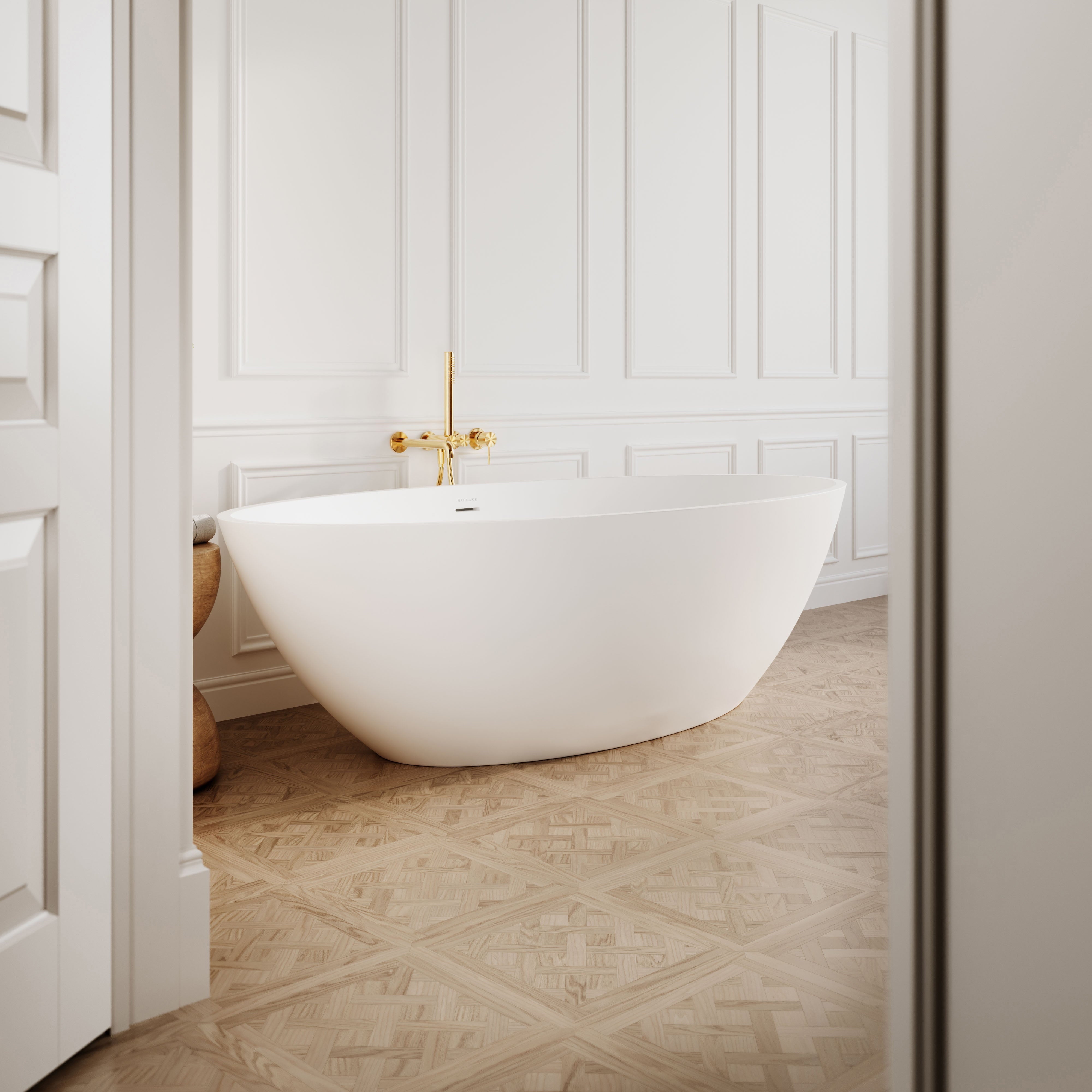
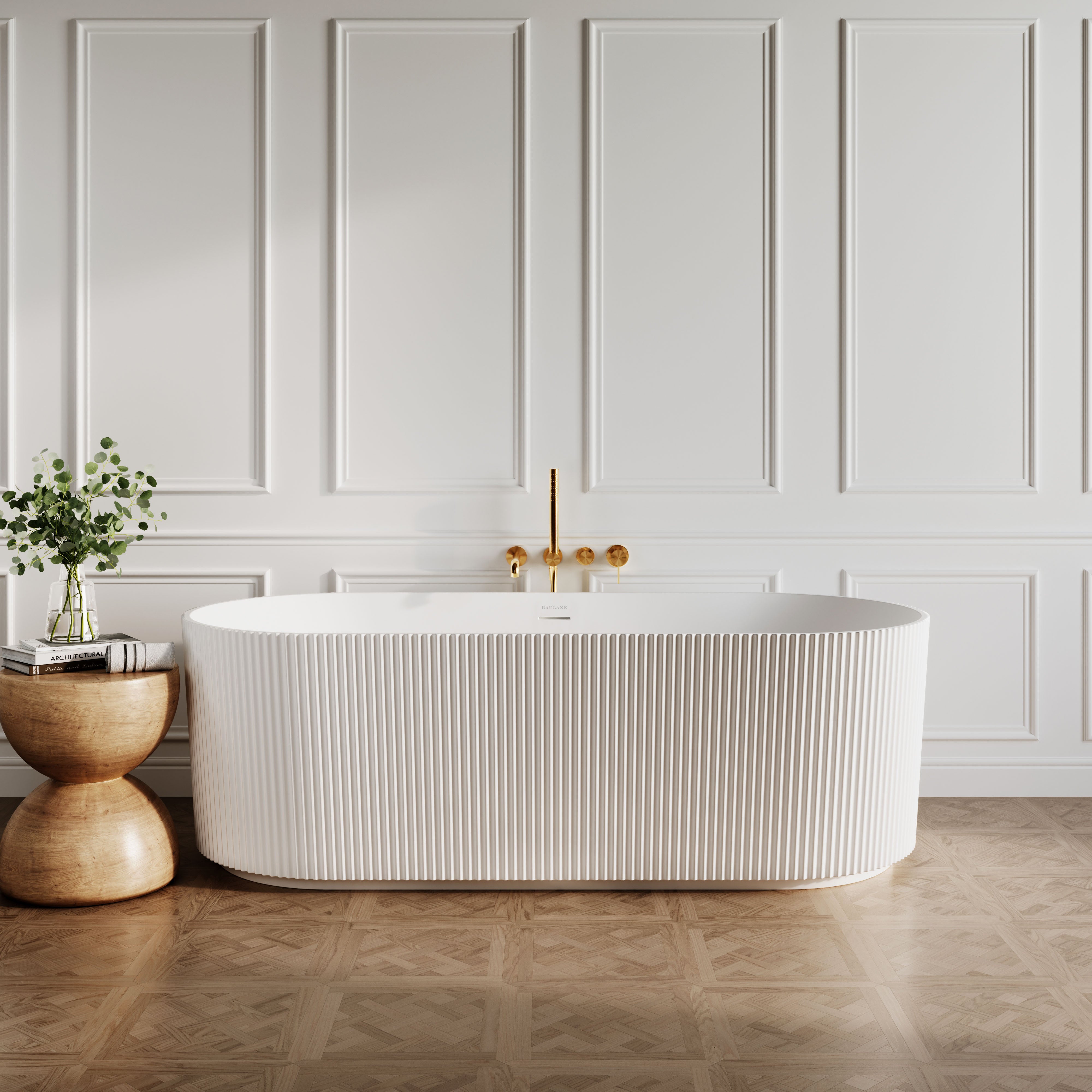
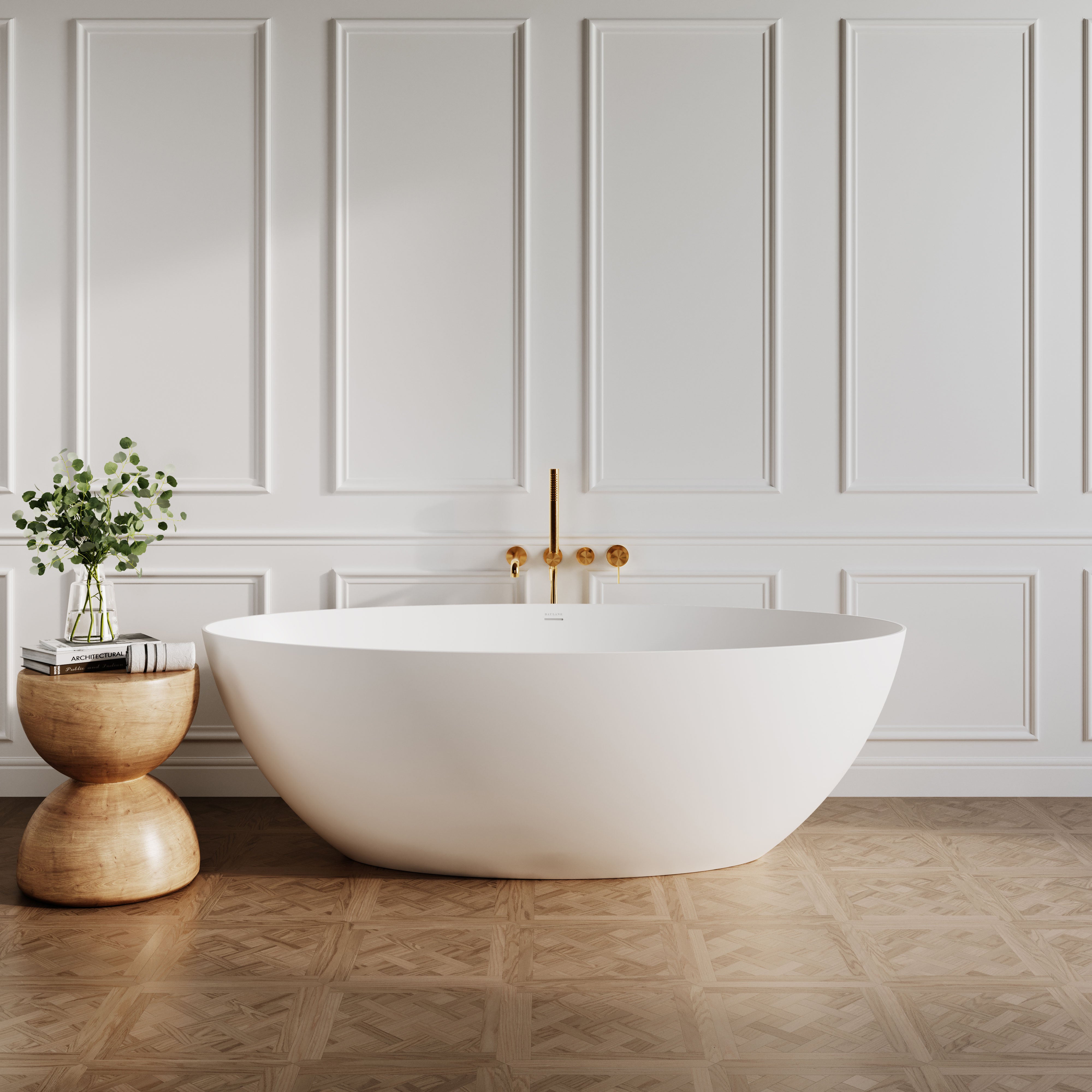
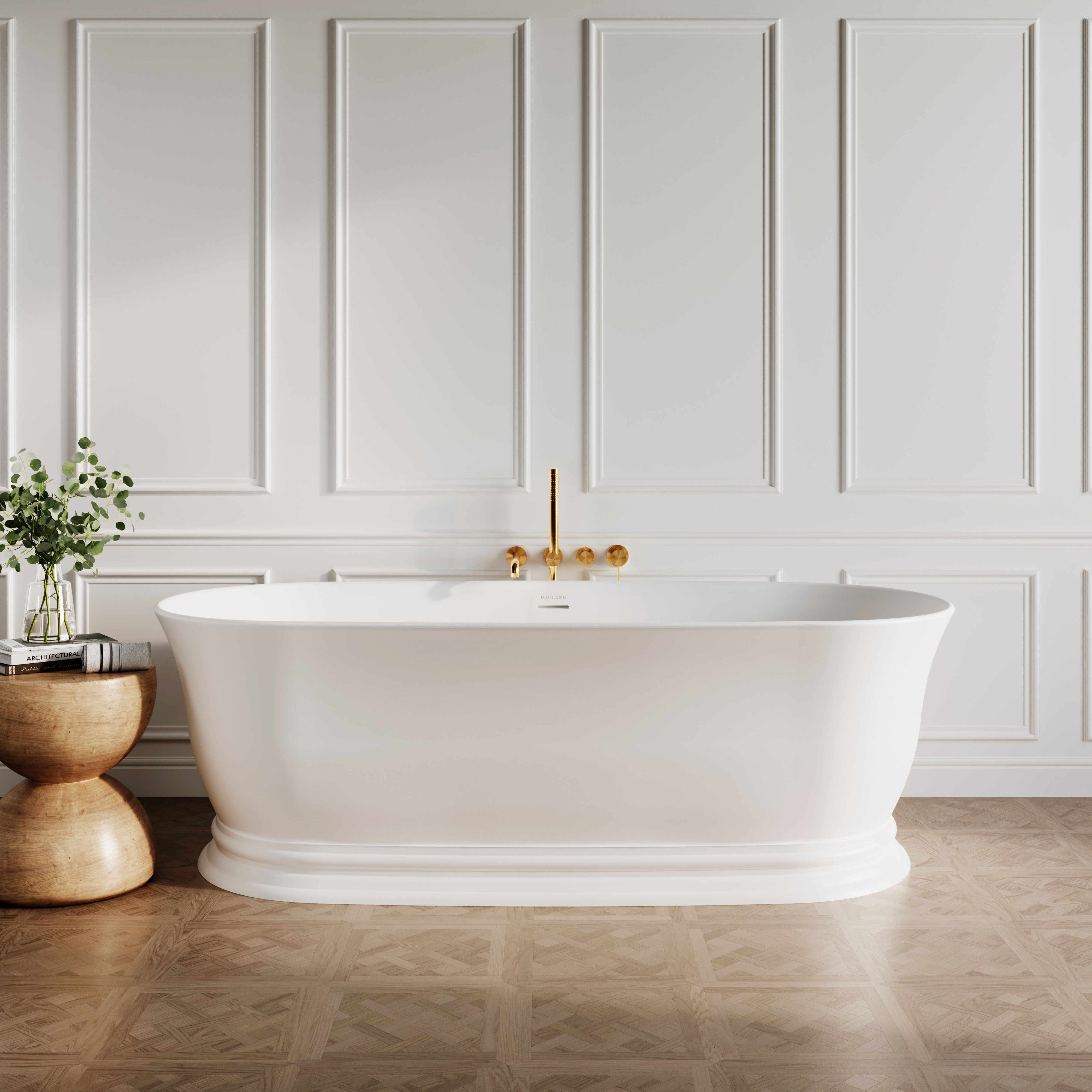
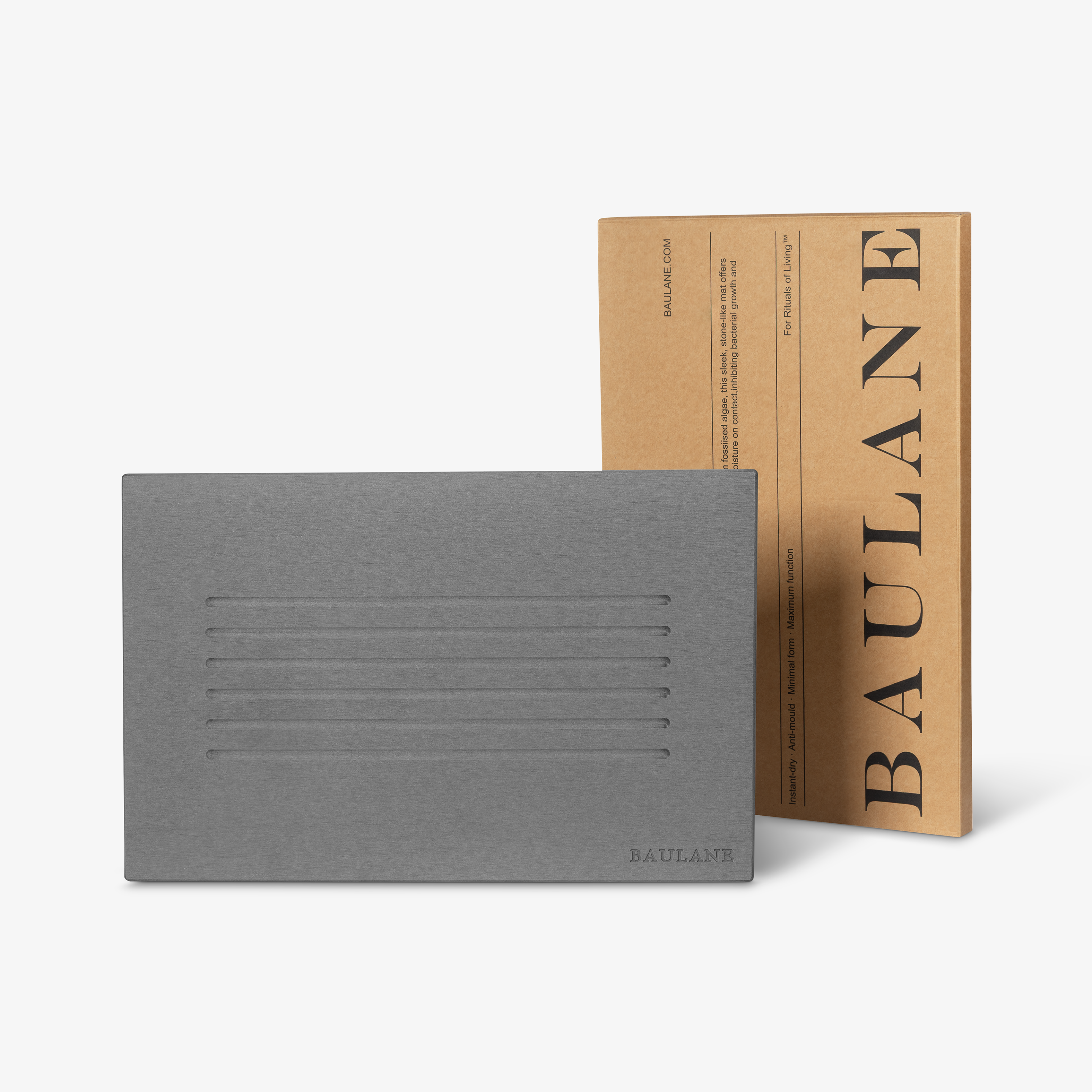
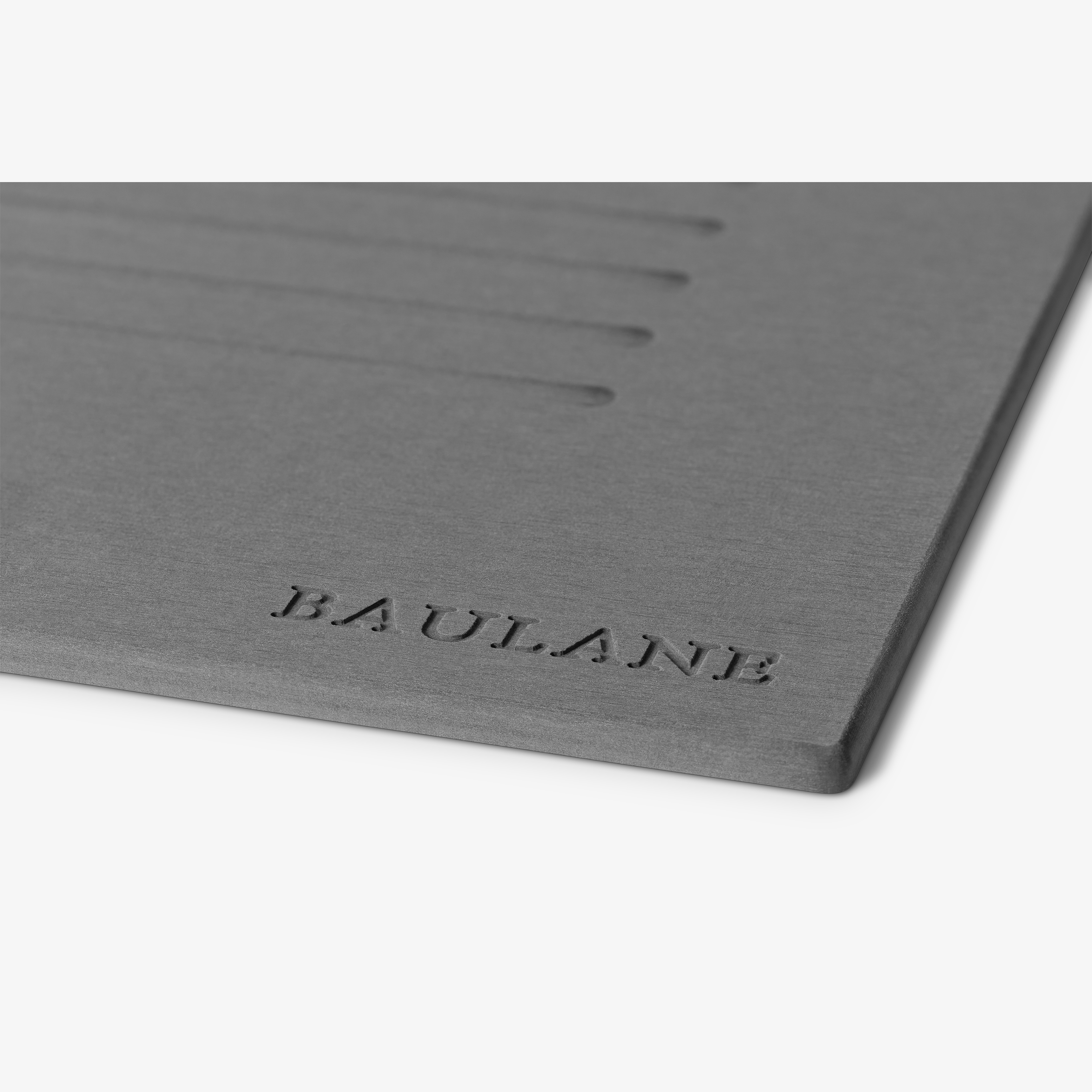
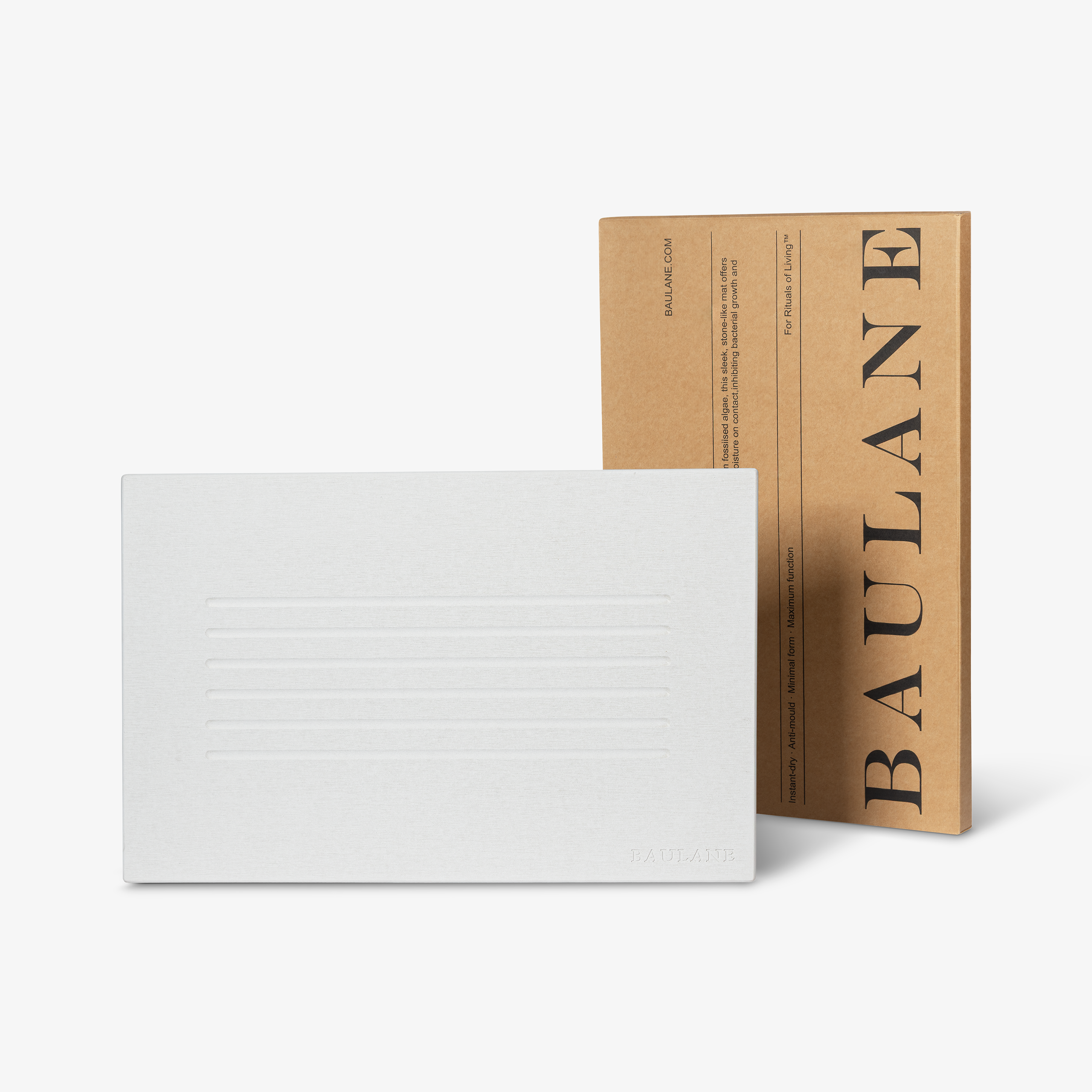
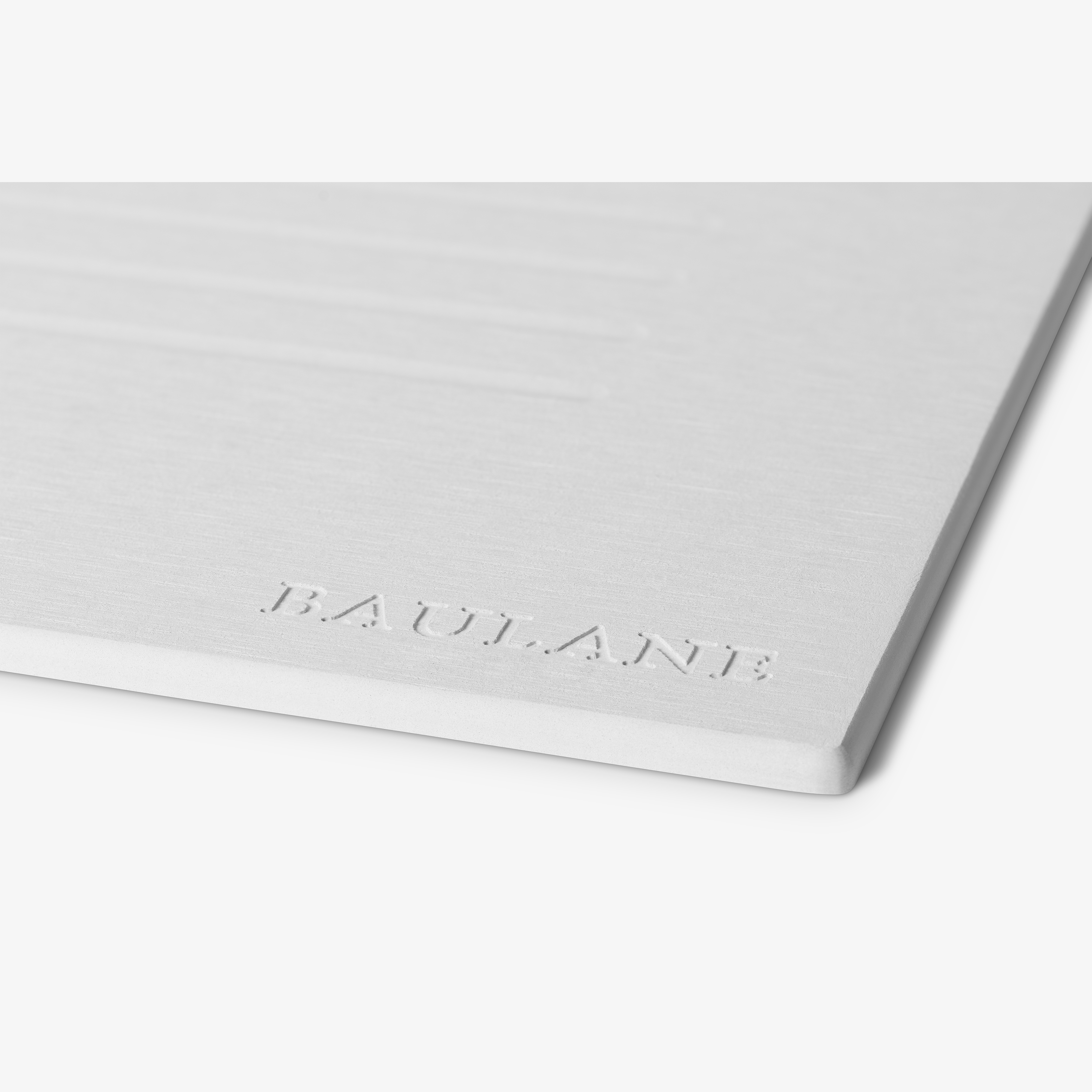

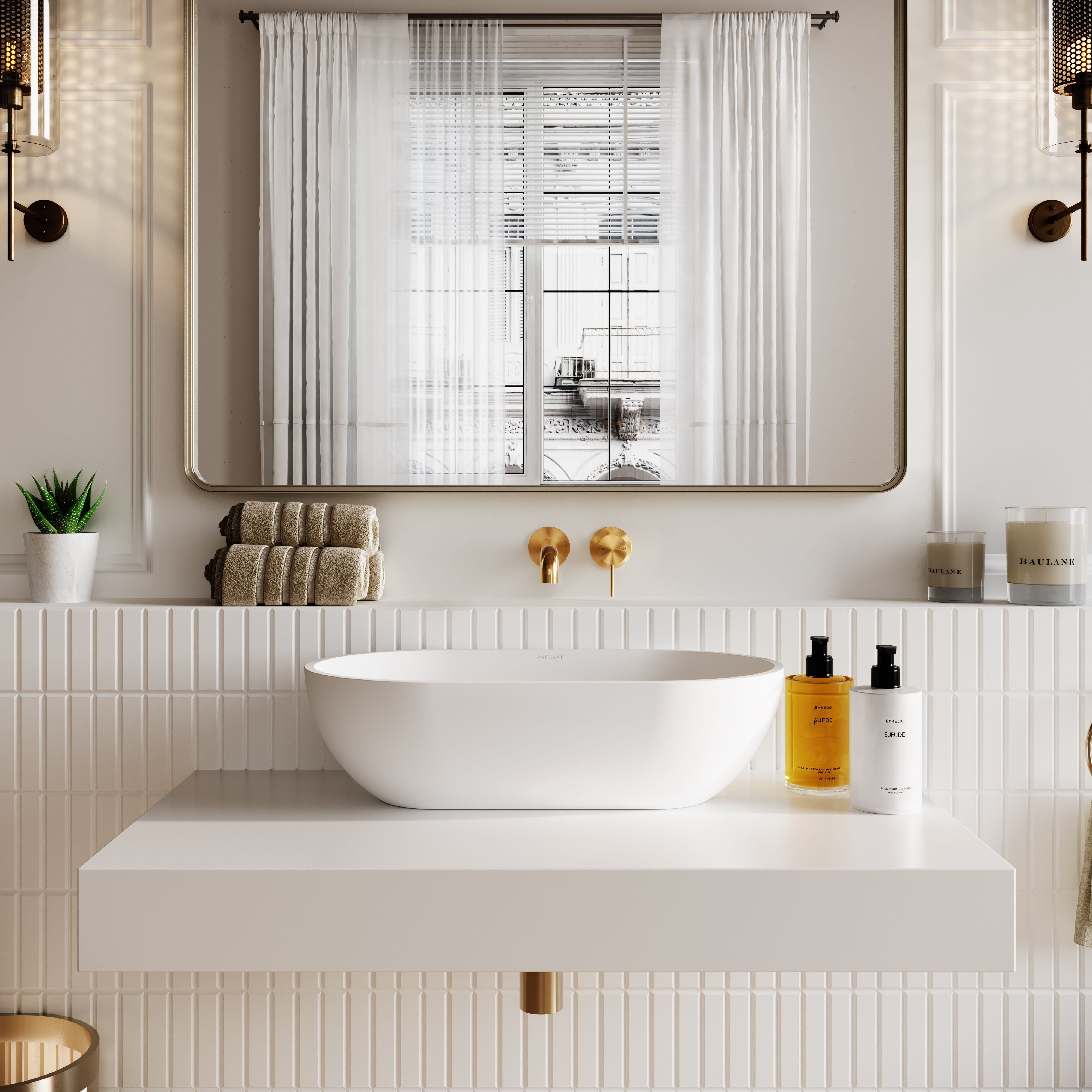

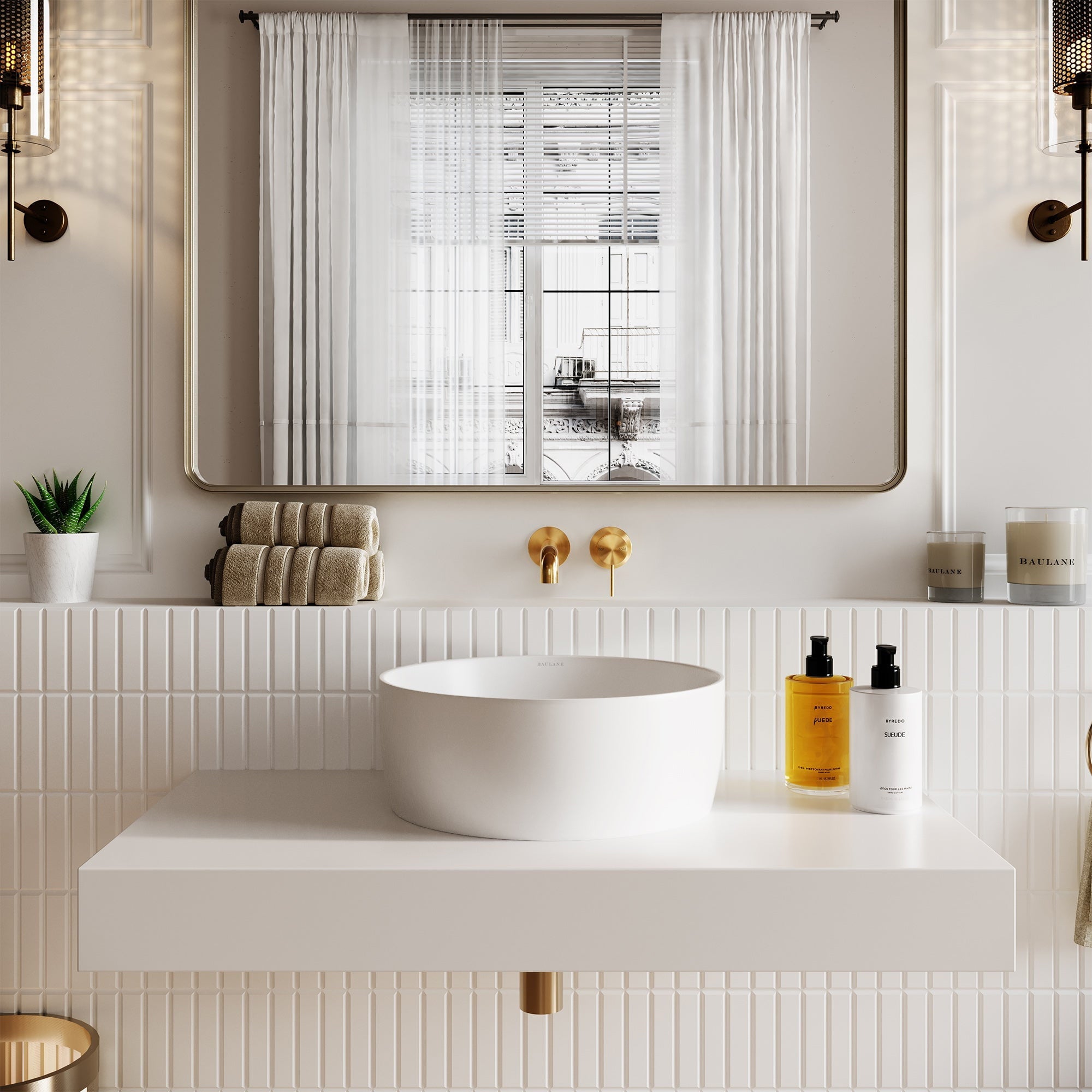
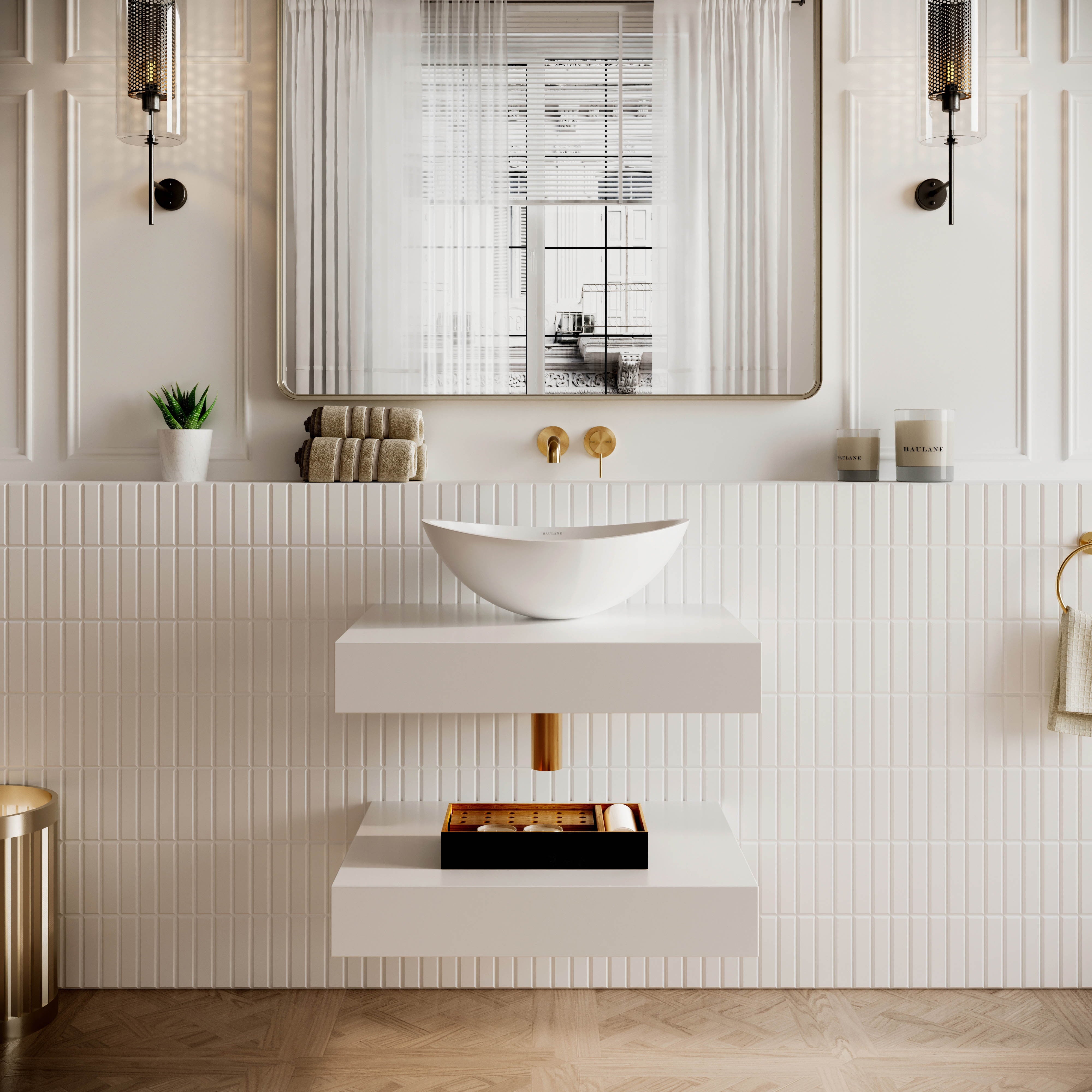
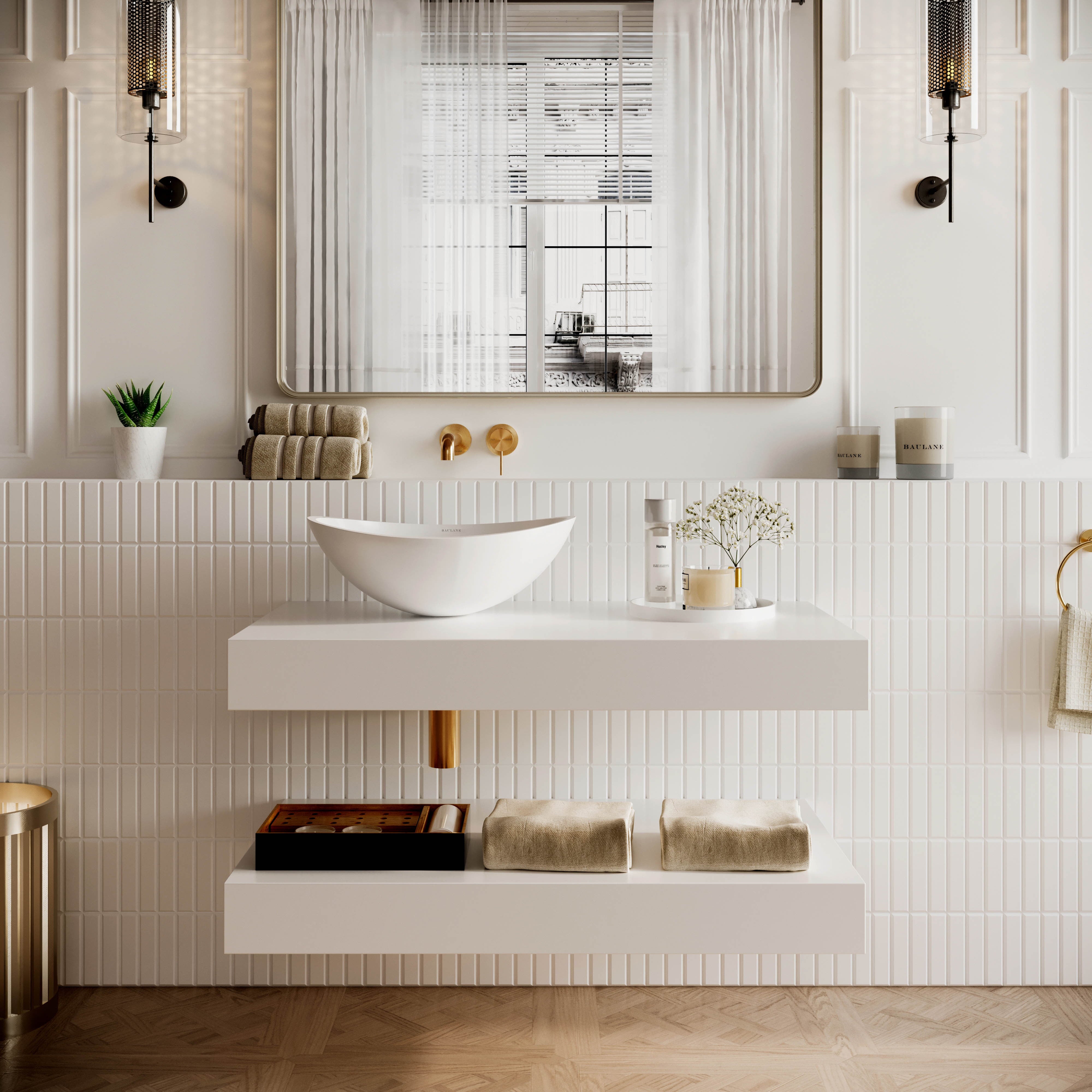
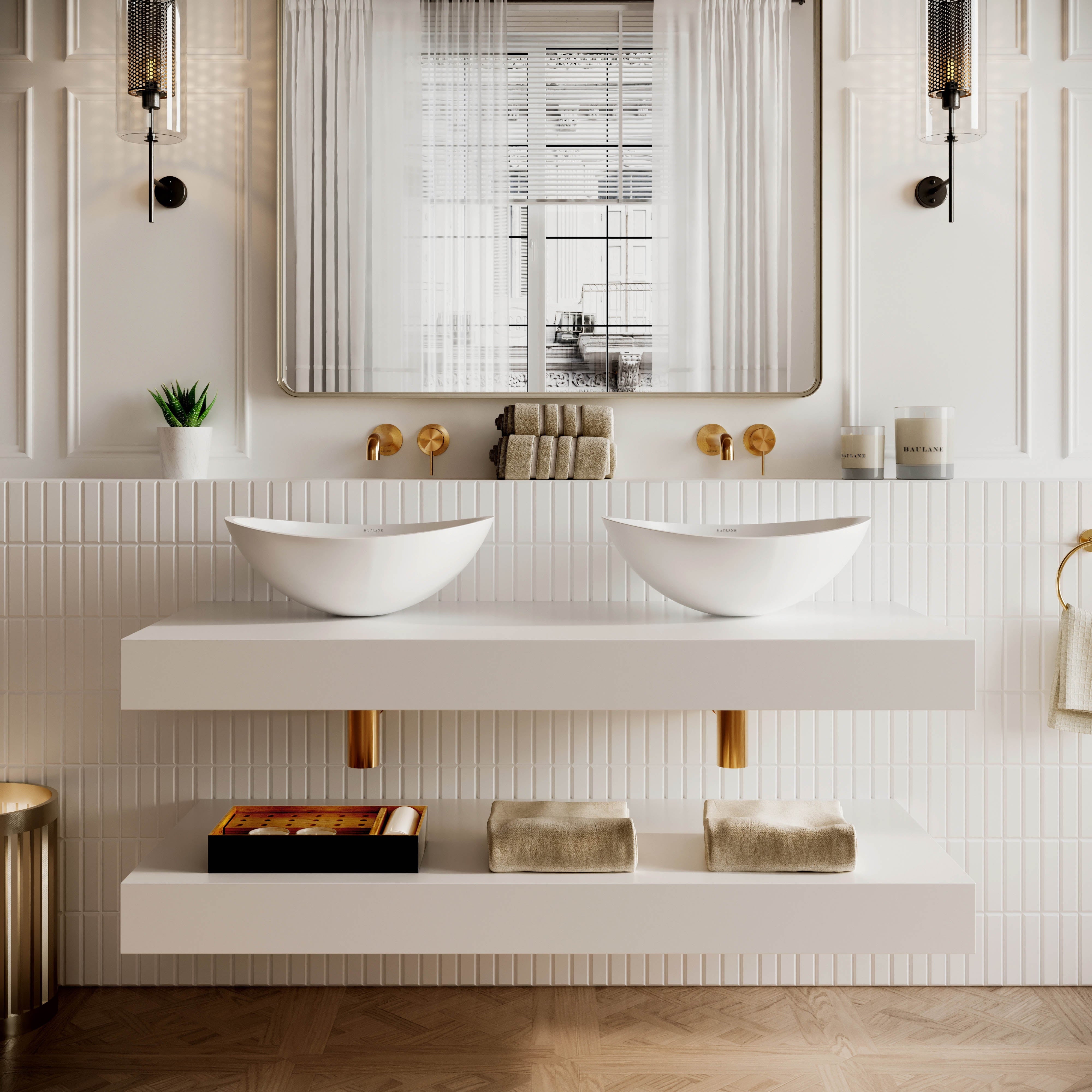
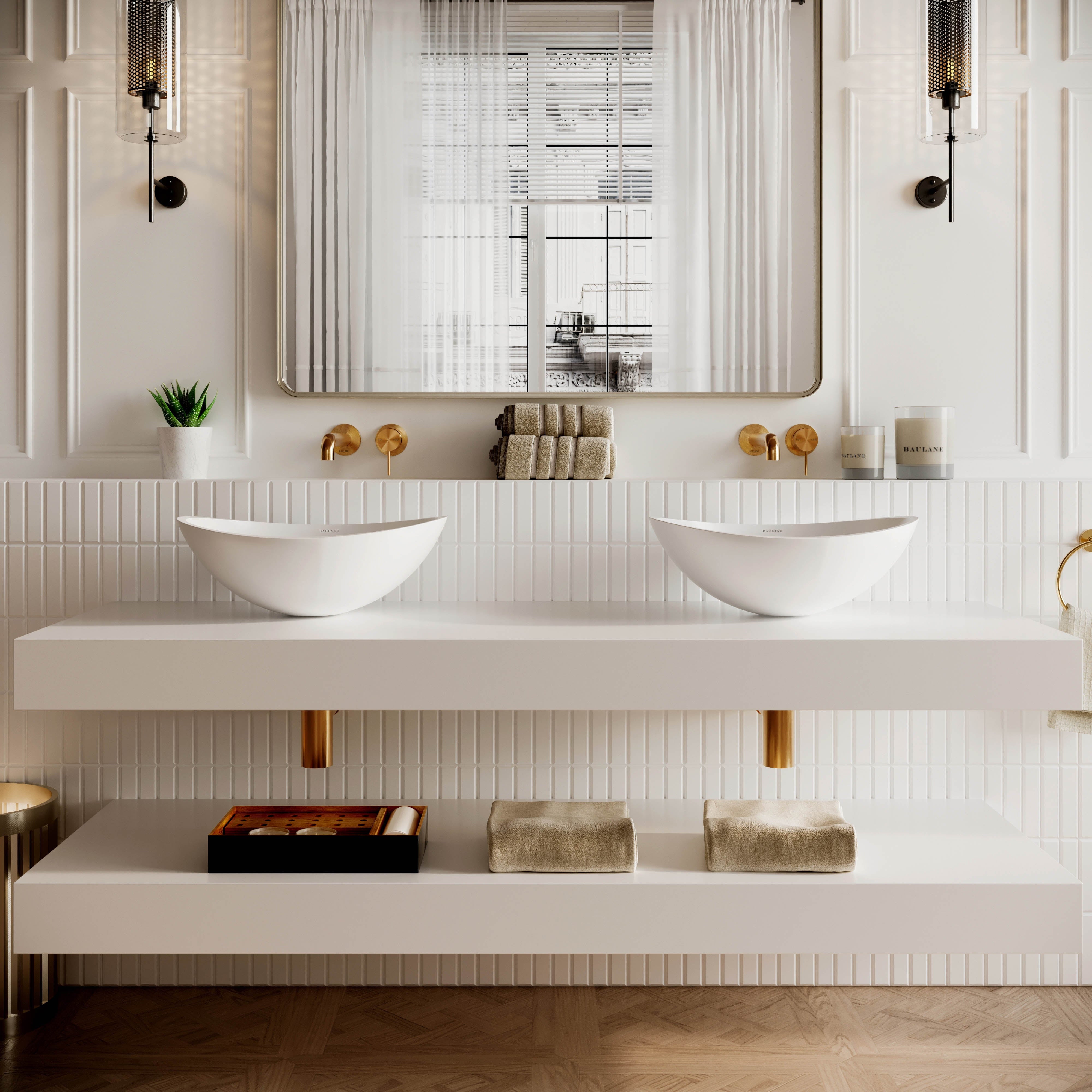
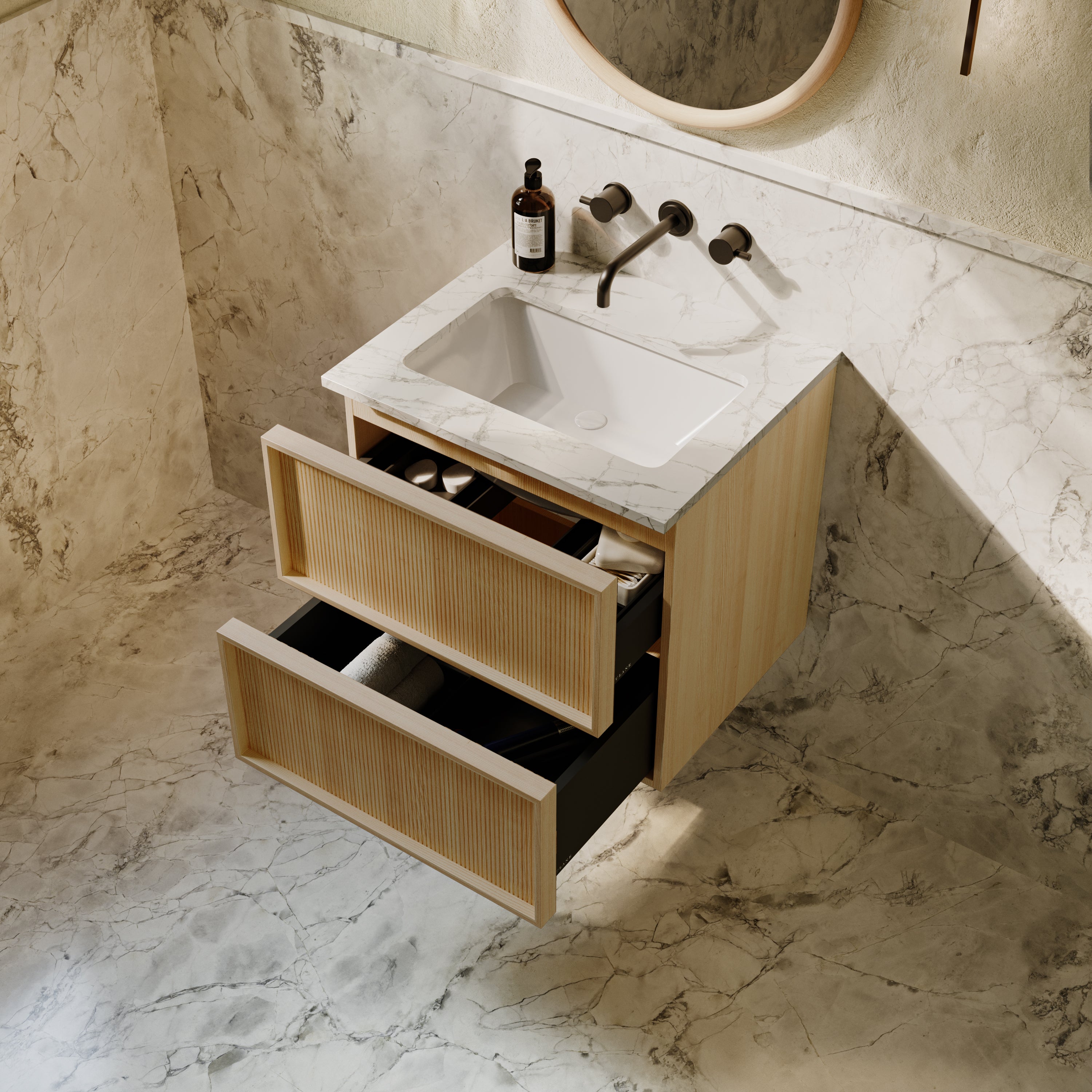
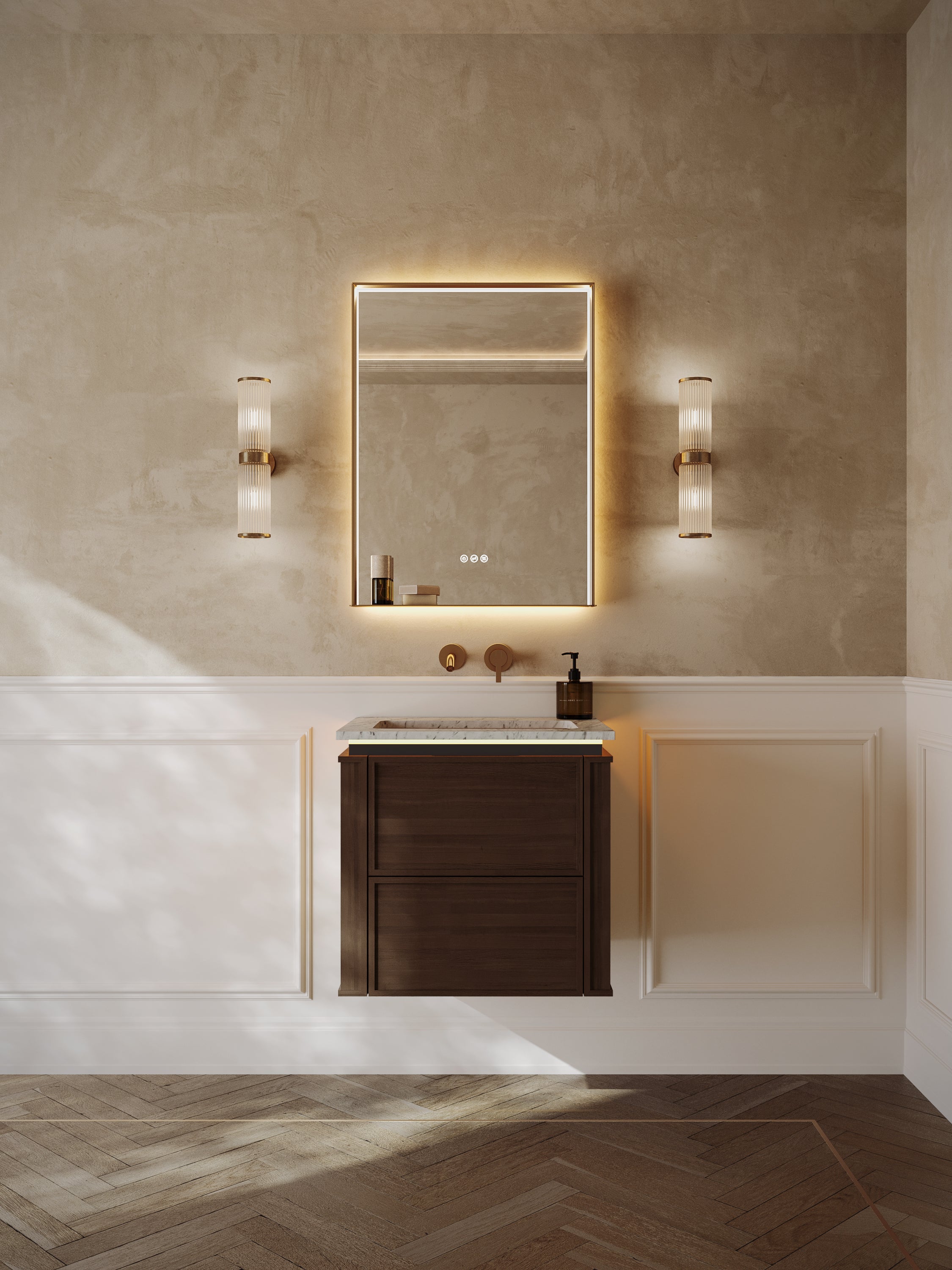
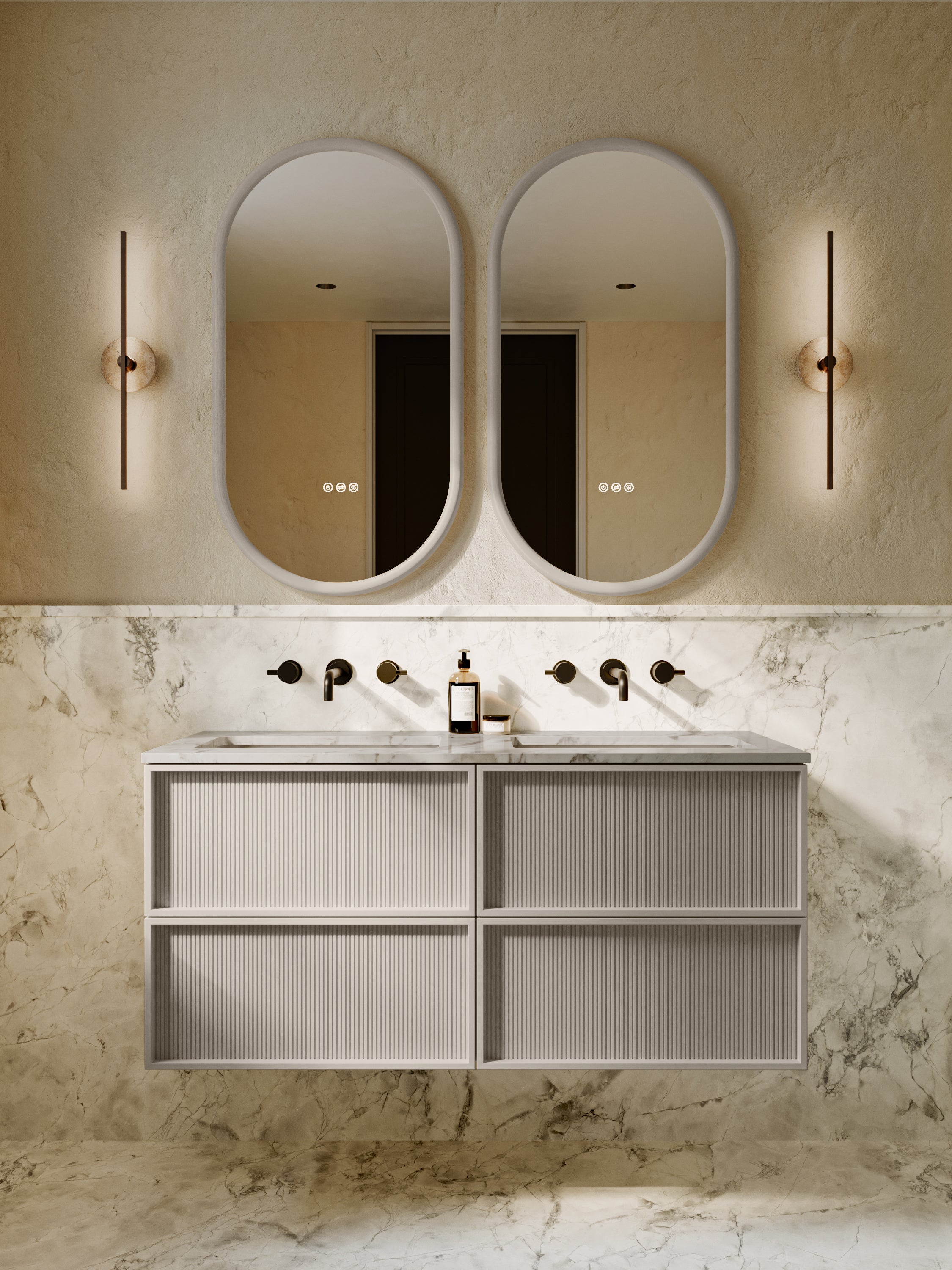
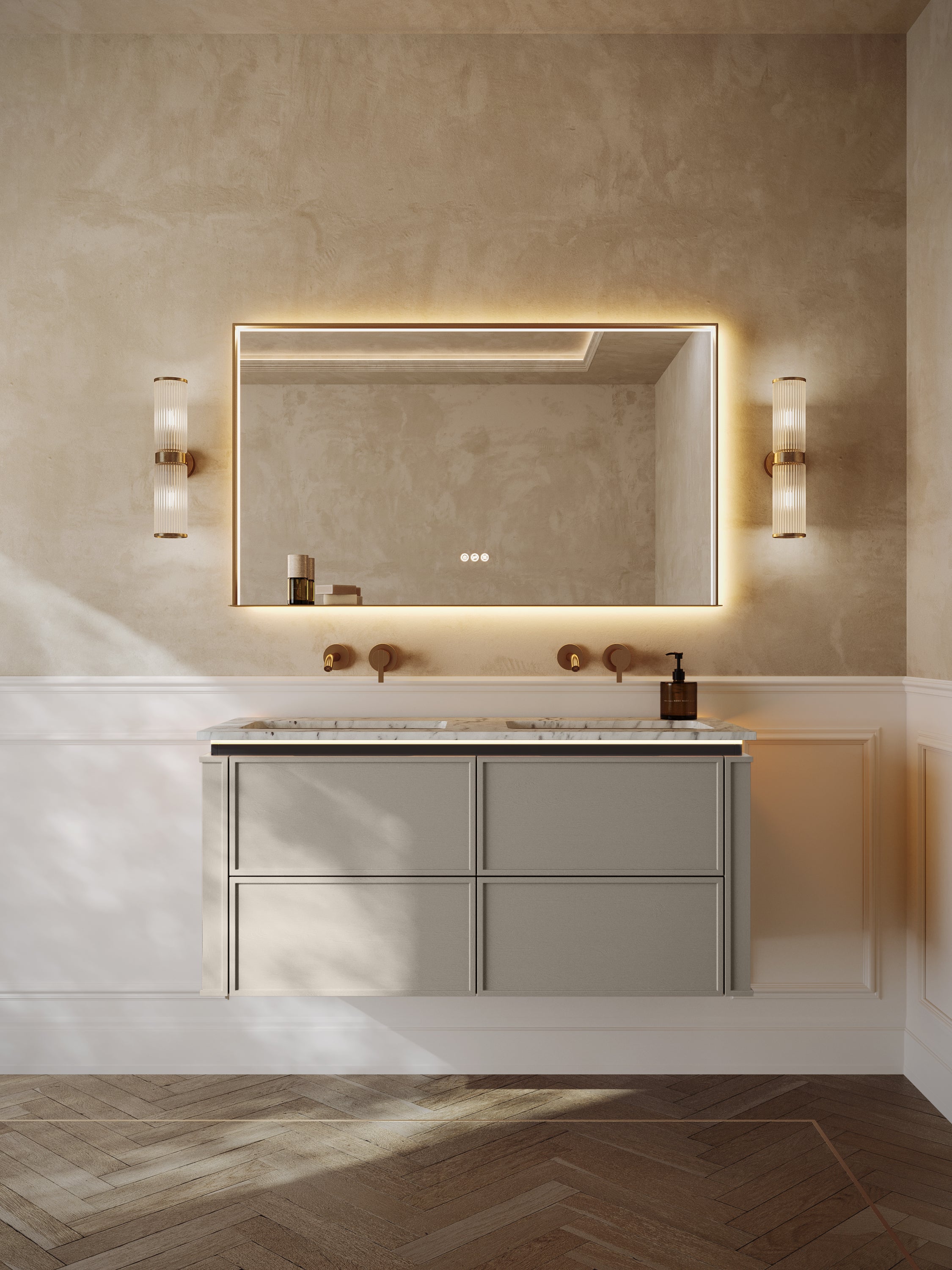
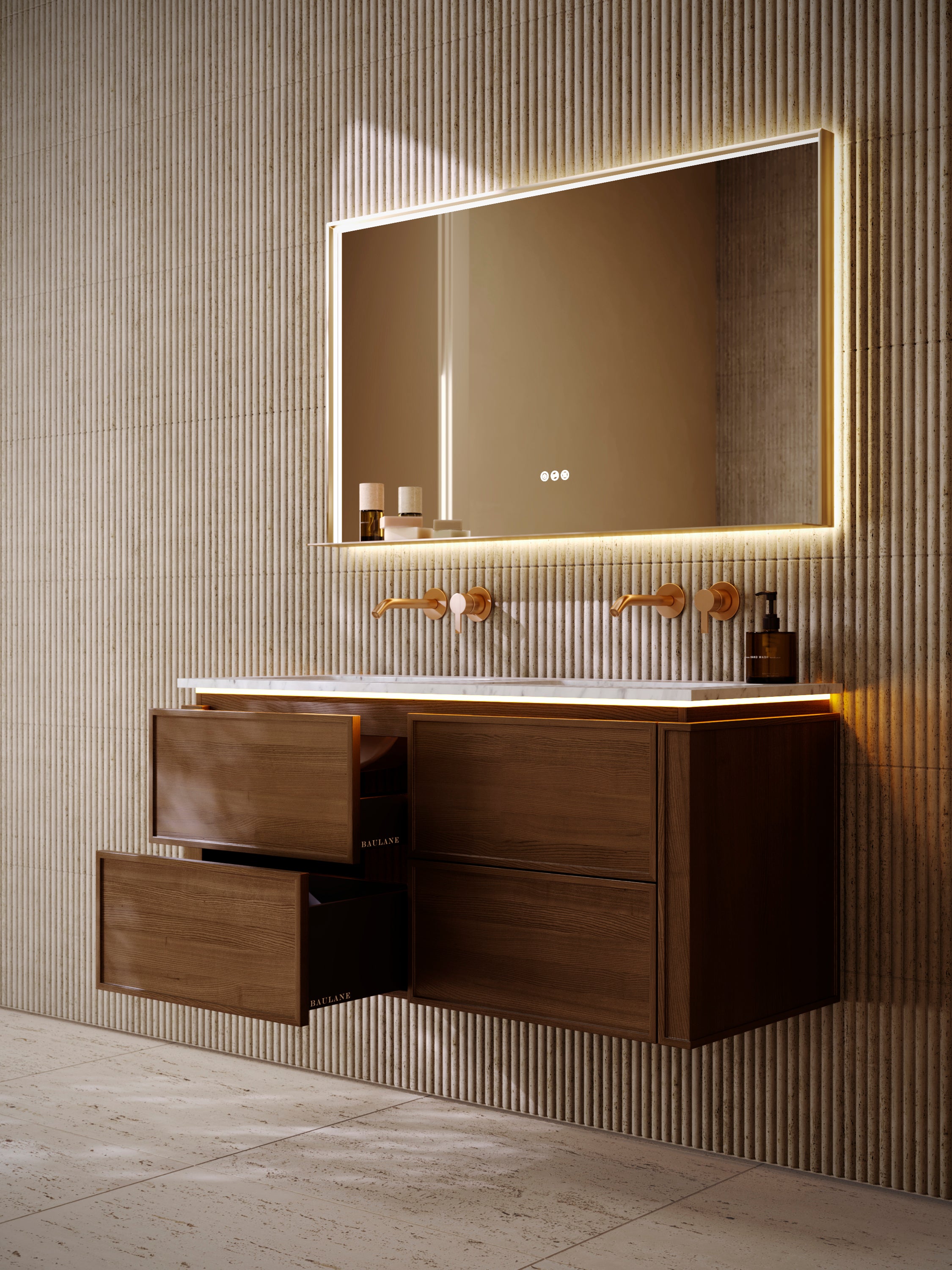
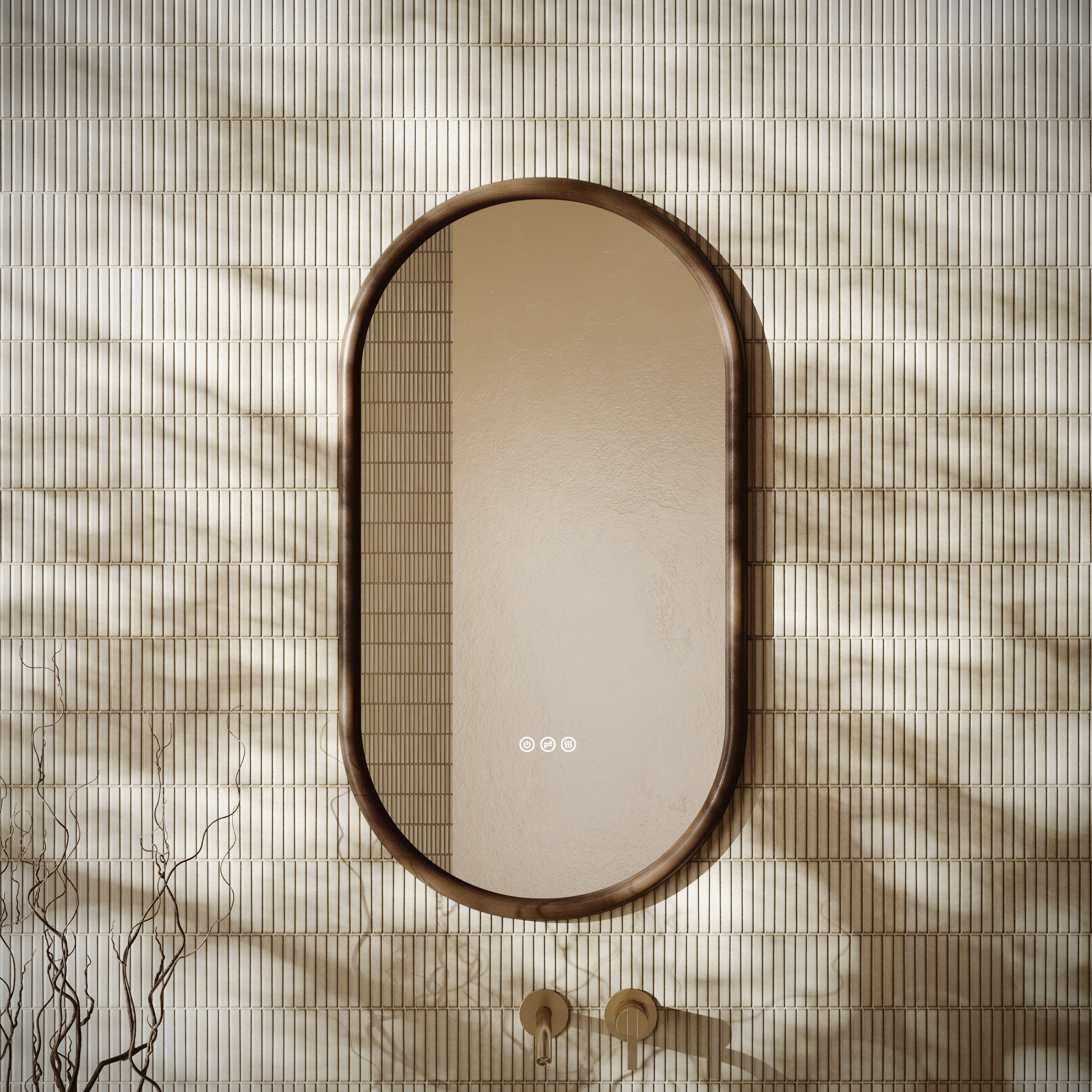
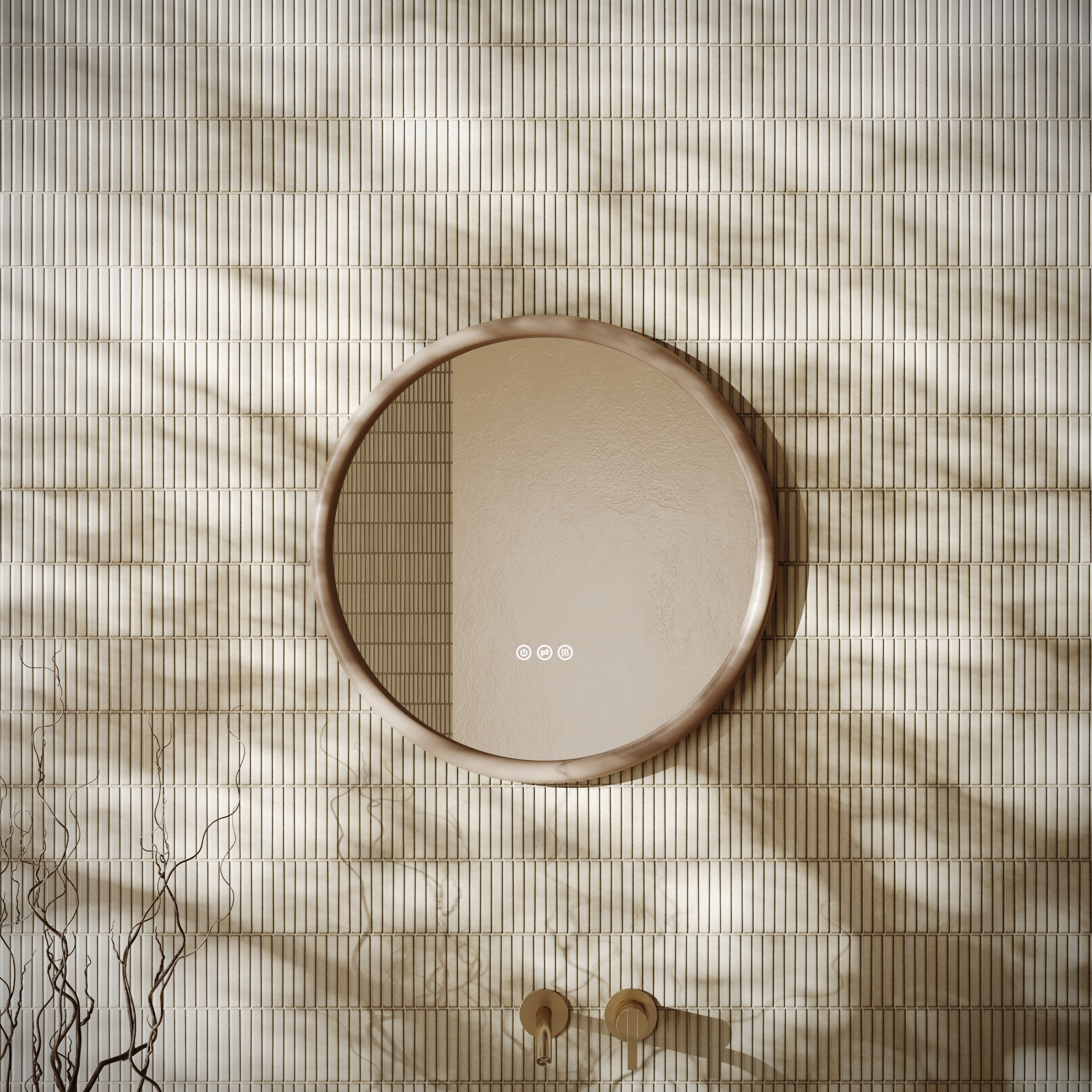
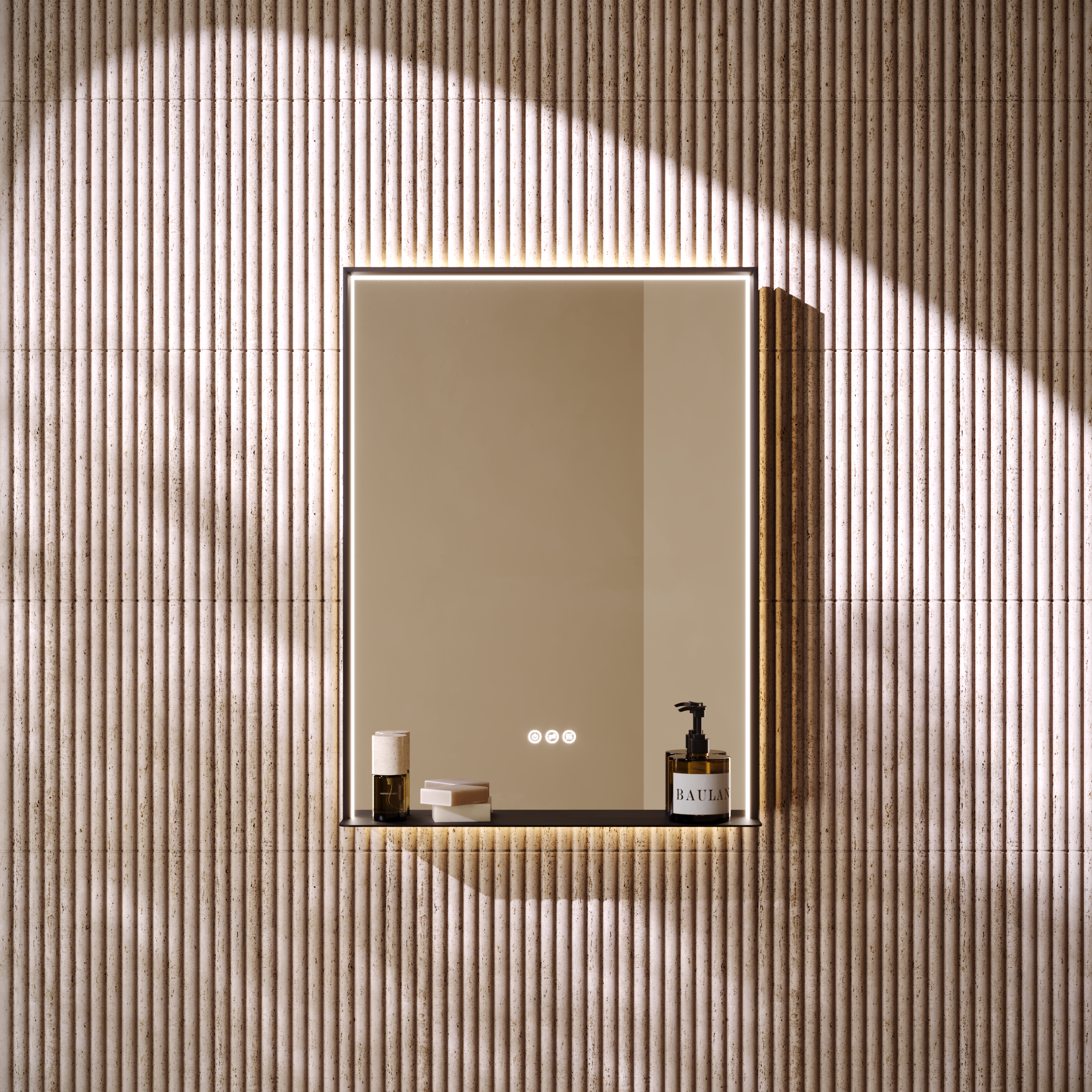
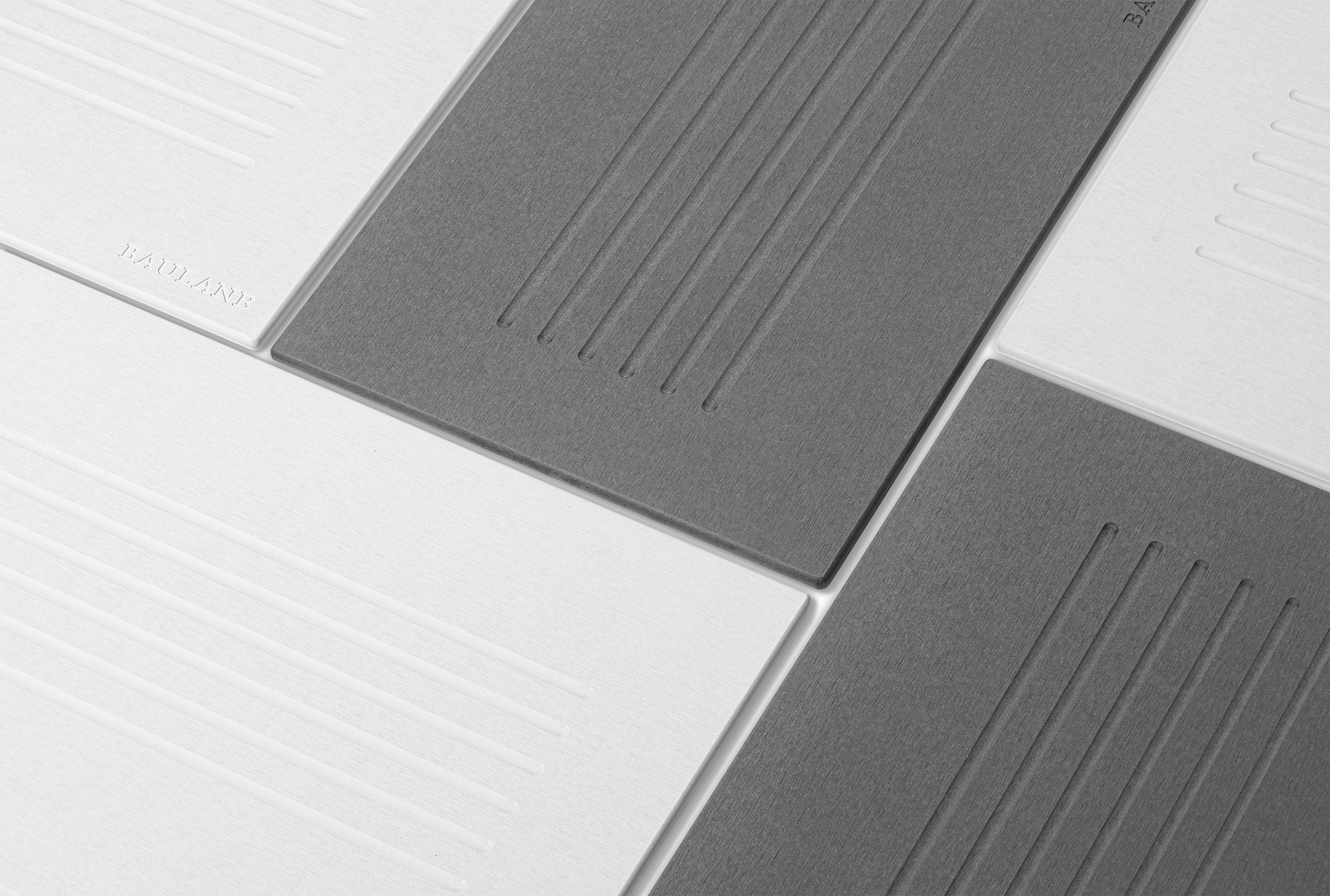
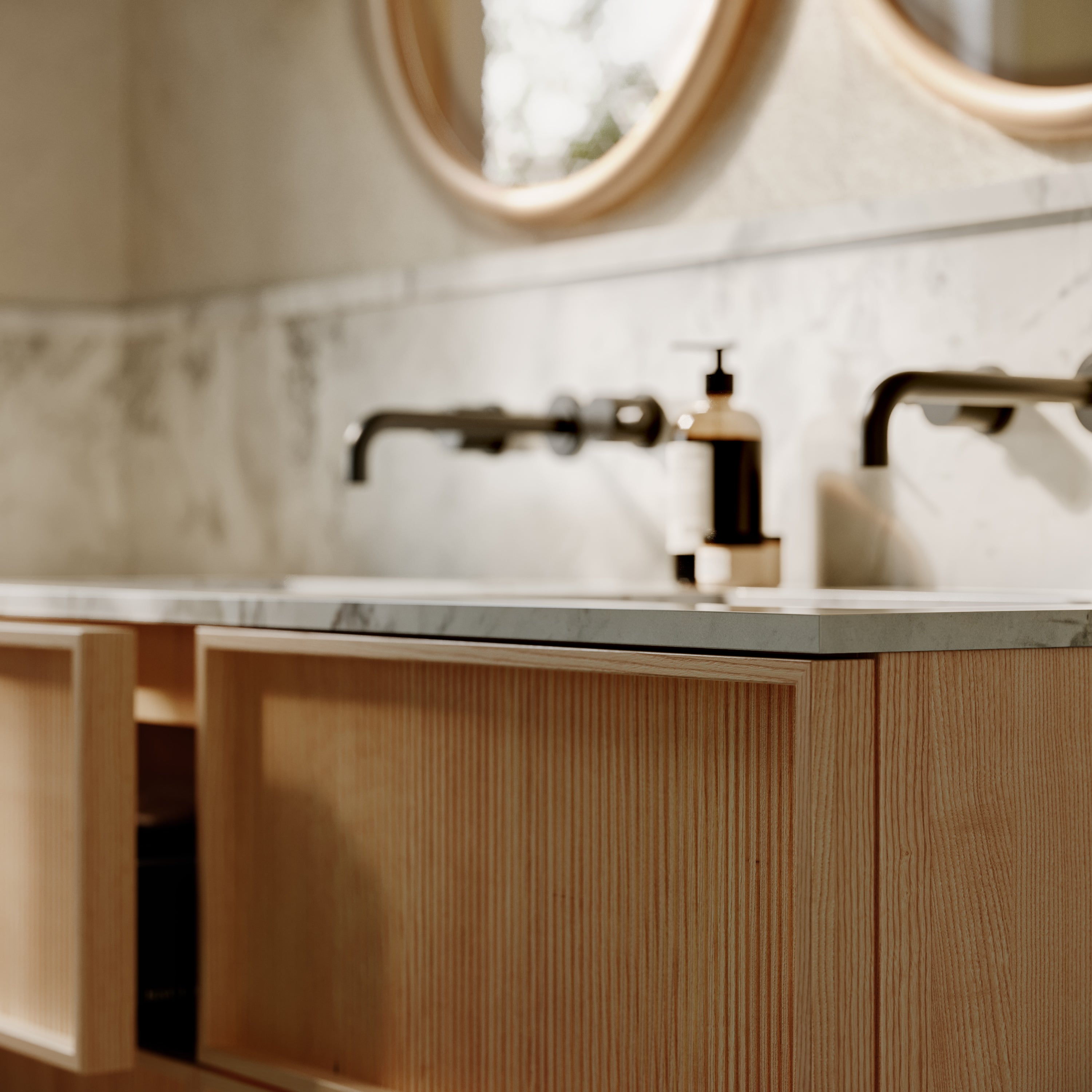
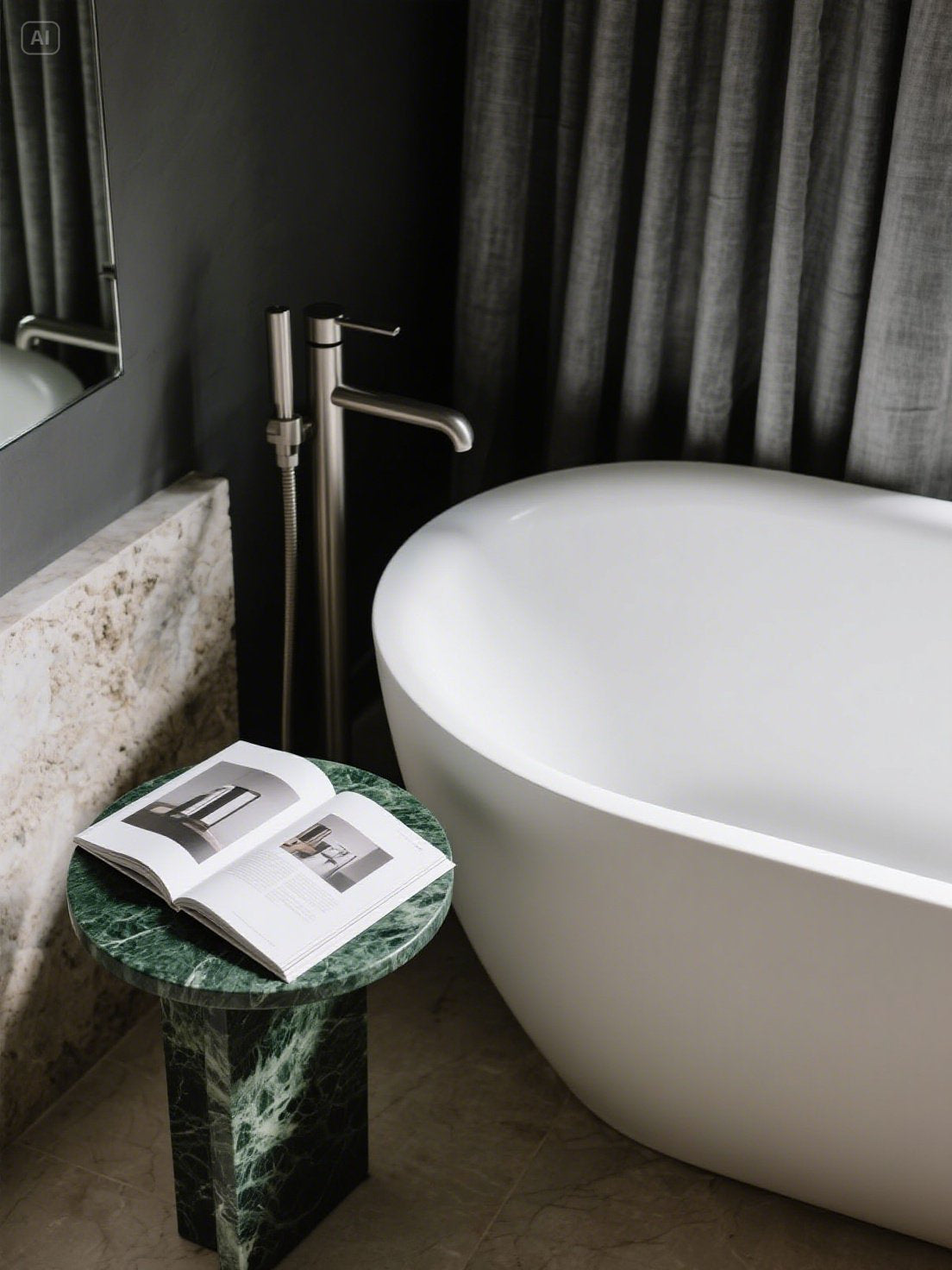
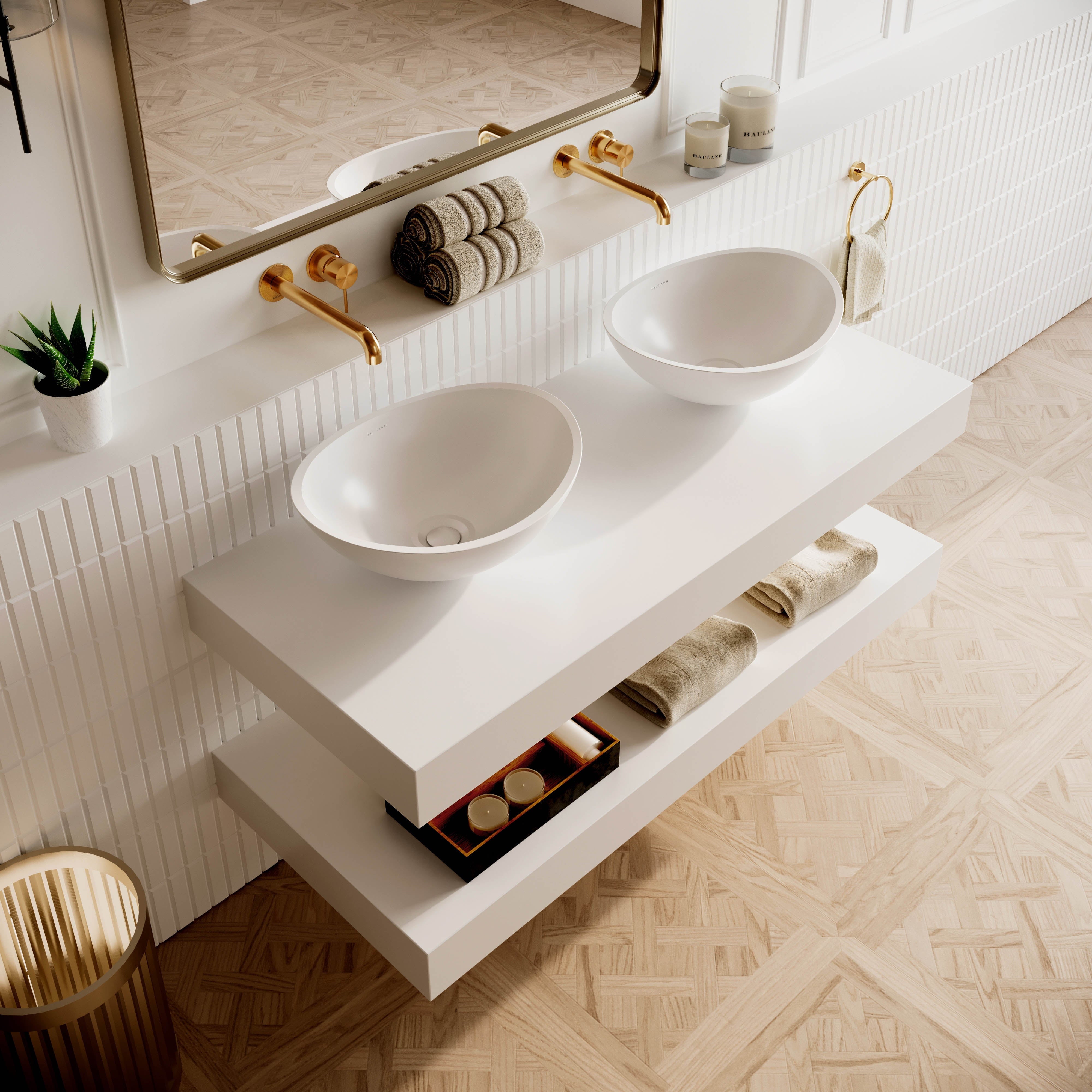

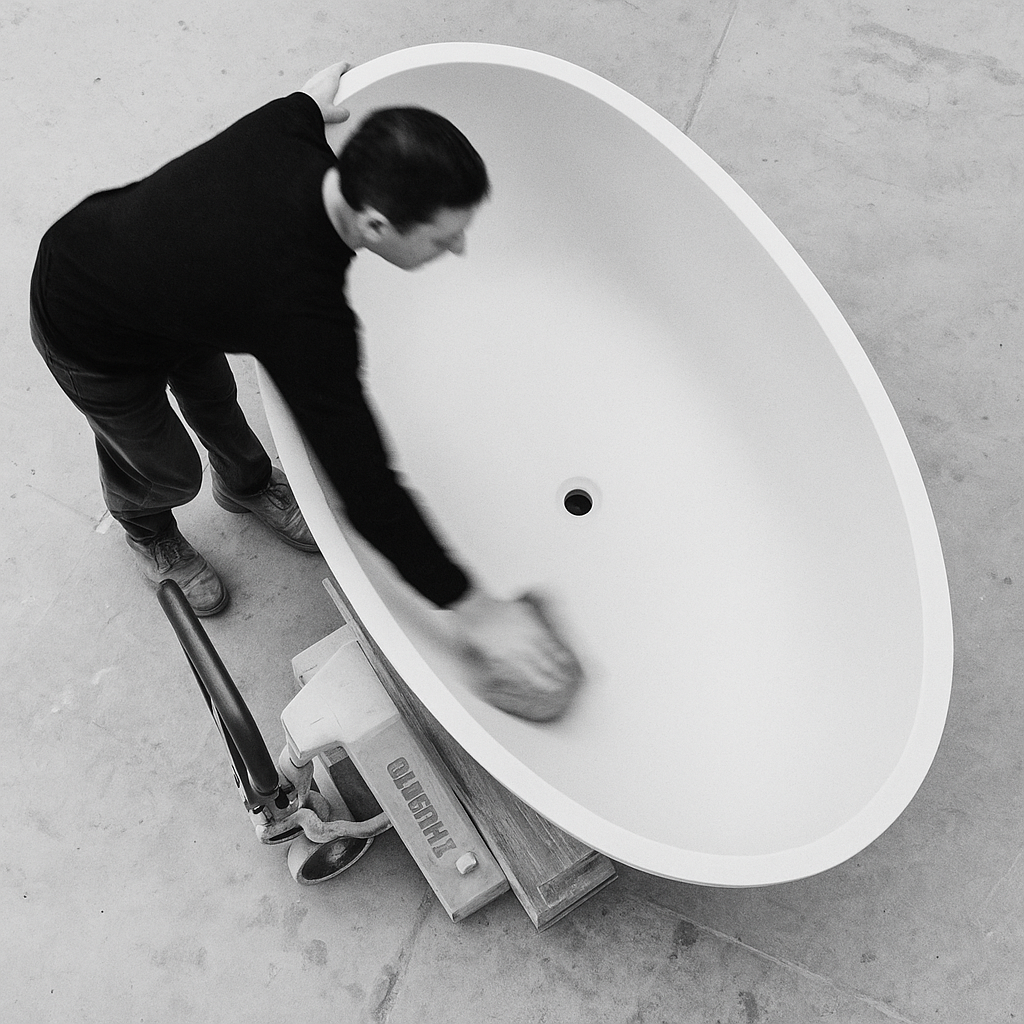

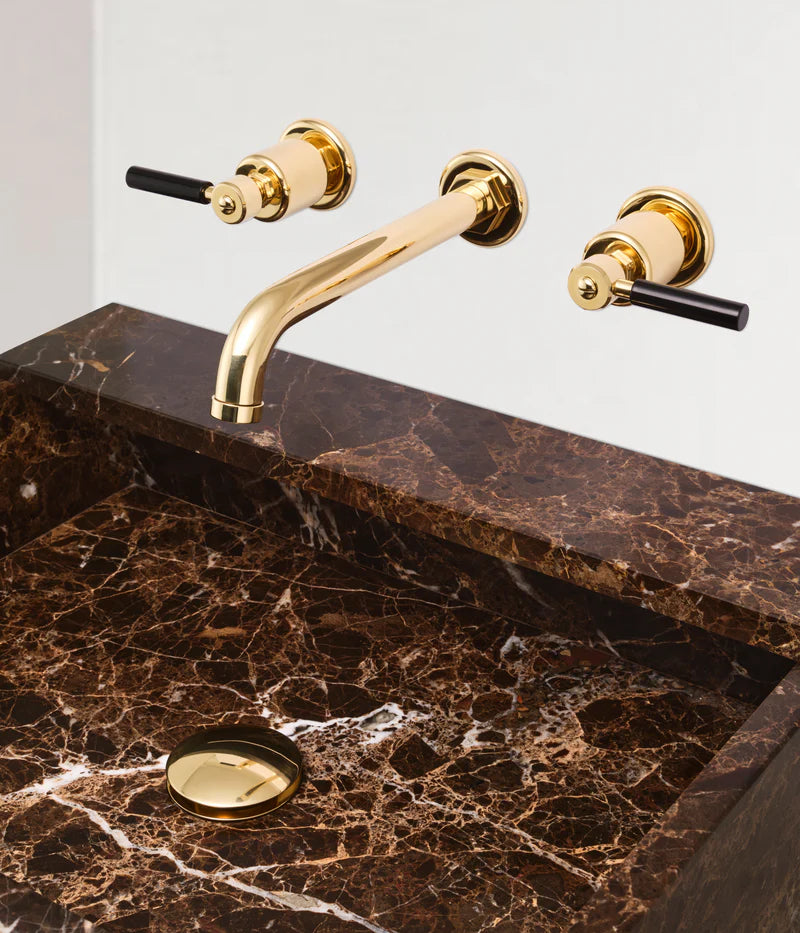
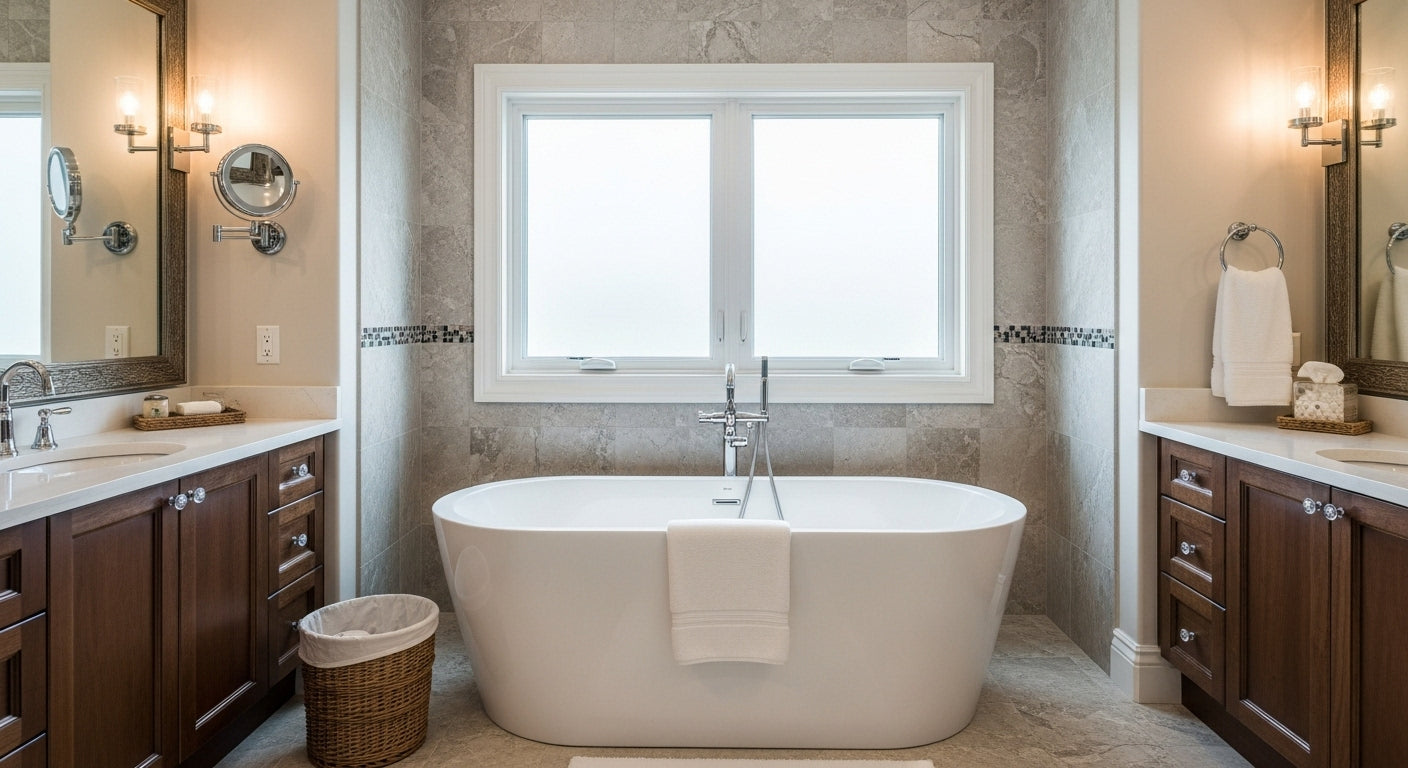





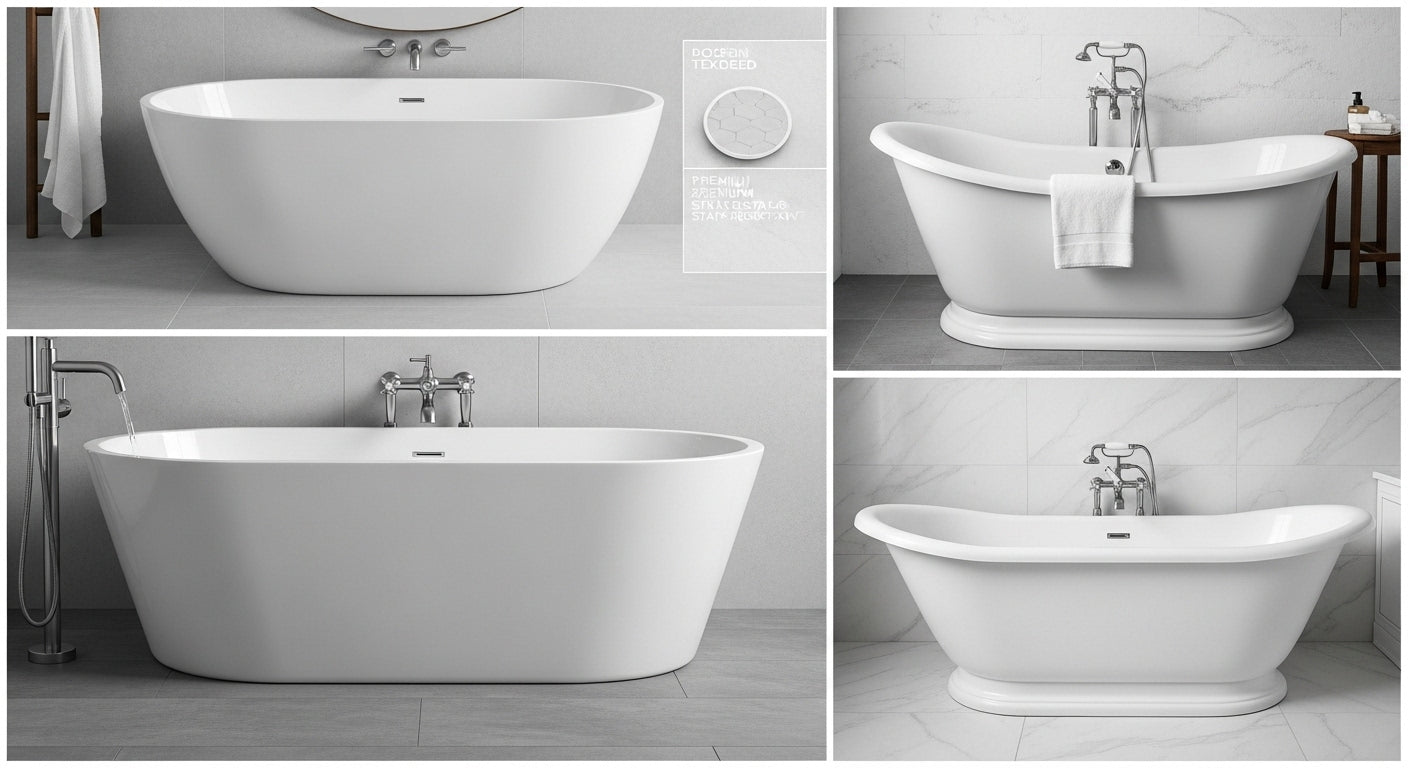
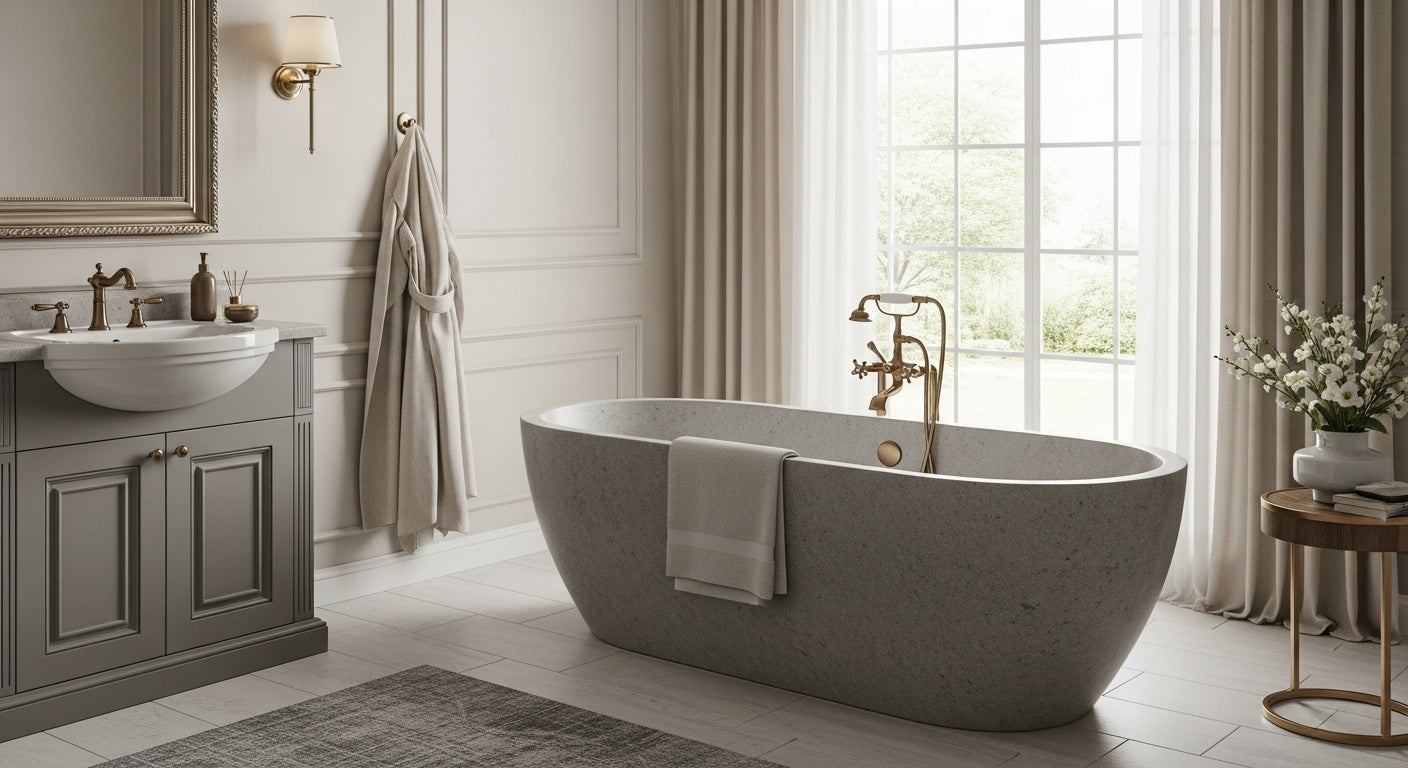
Leave a comment
All comments are moderated before being published.
This site is protected by hCaptcha and the hCaptcha Privacy Policy and Terms of Service apply.